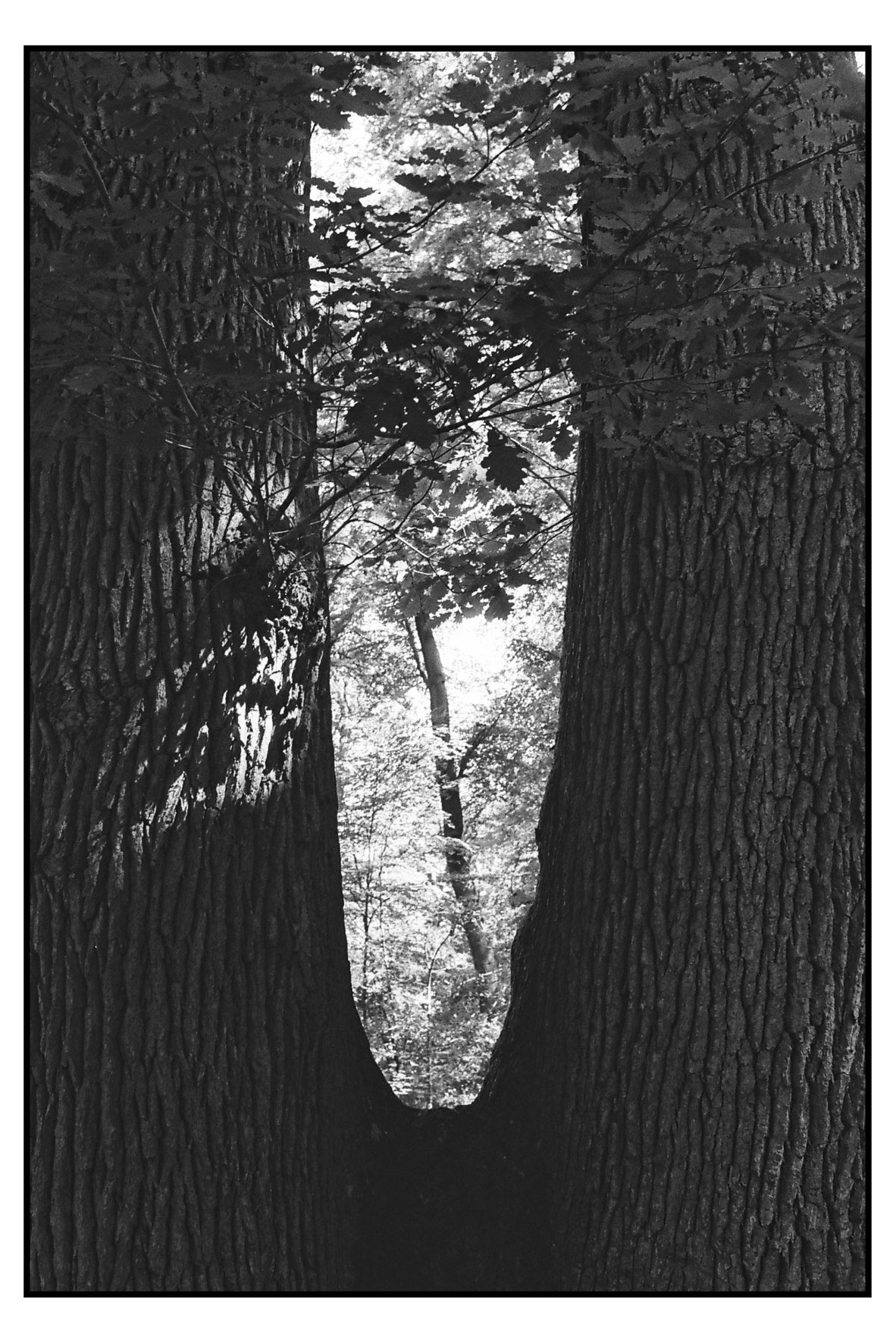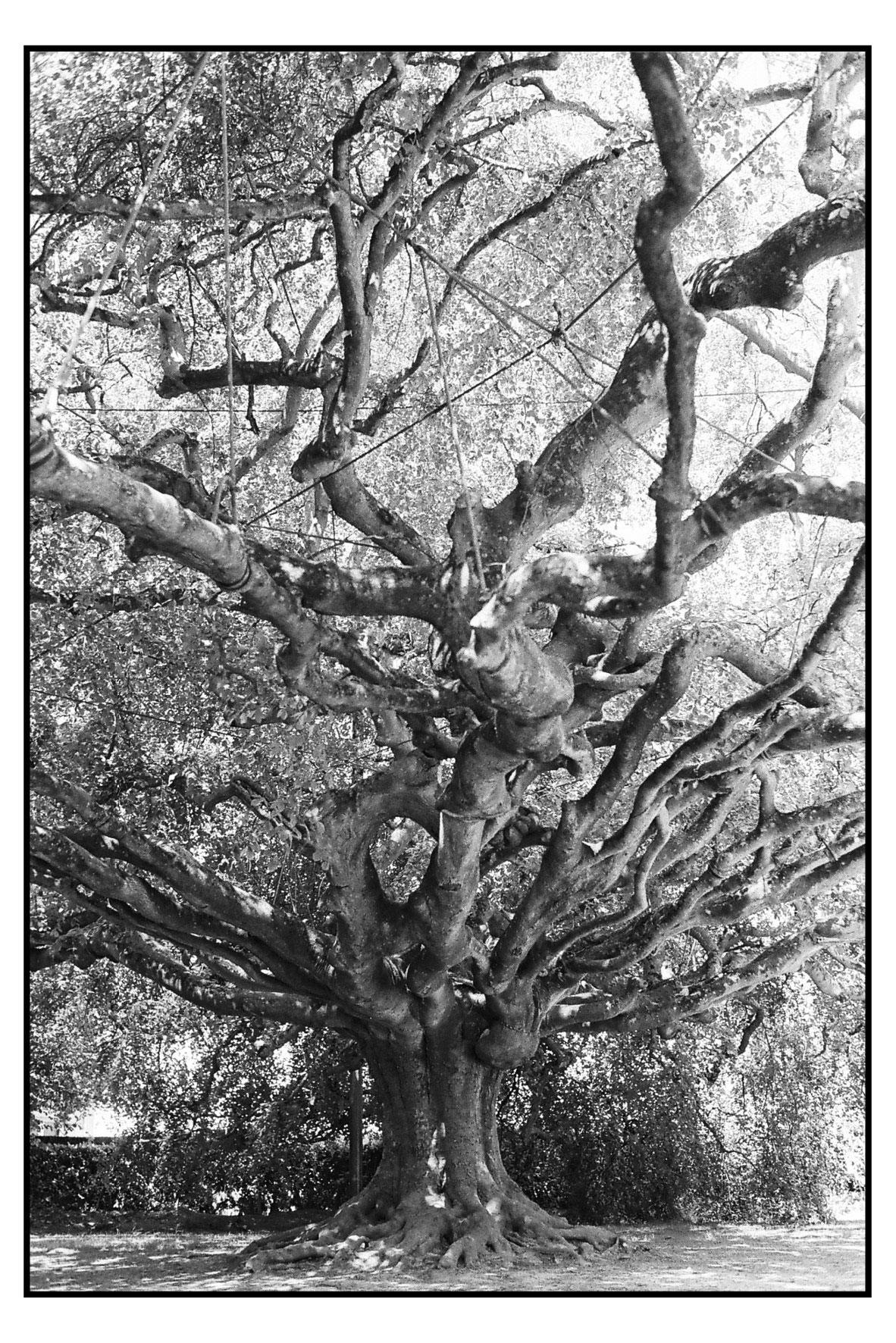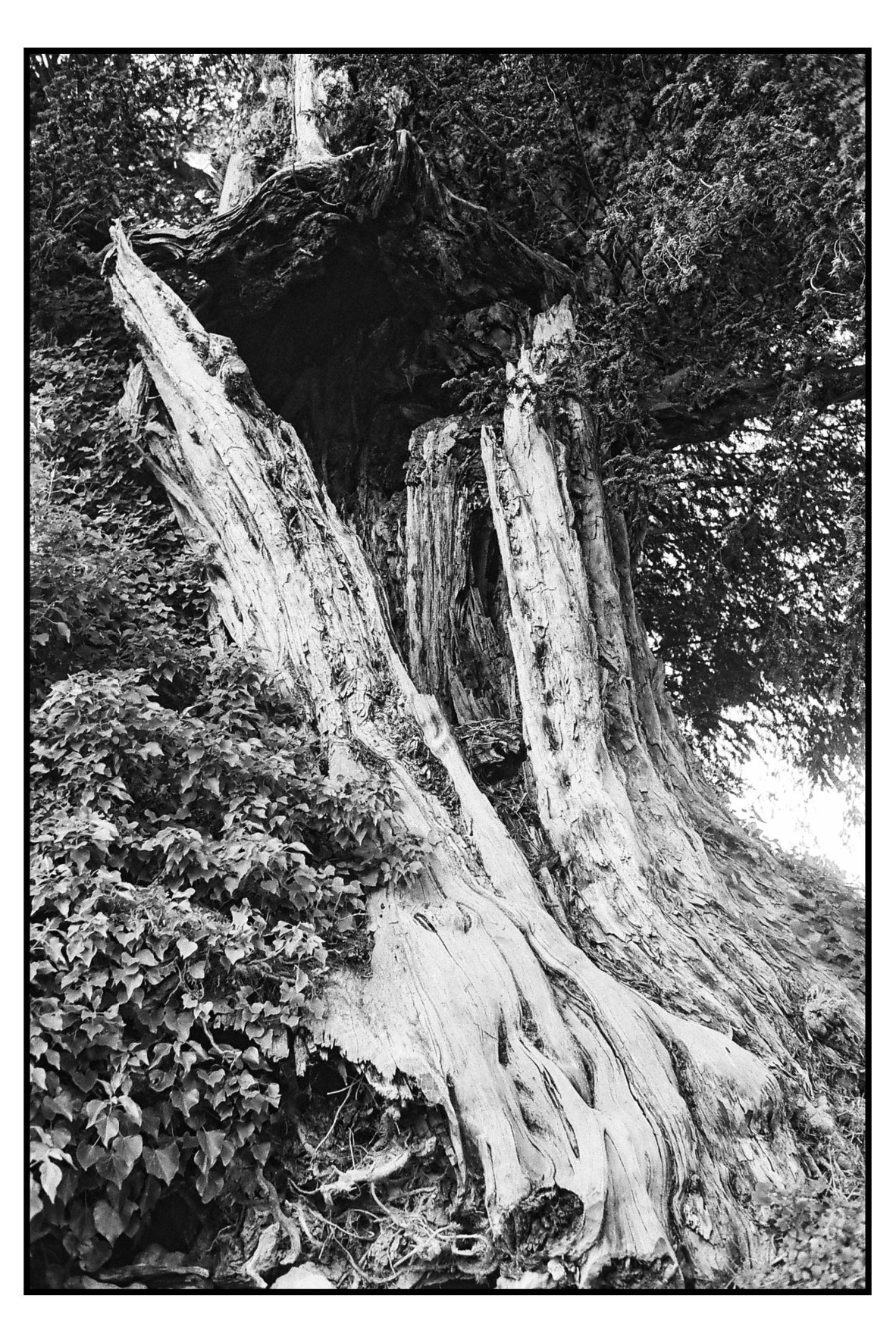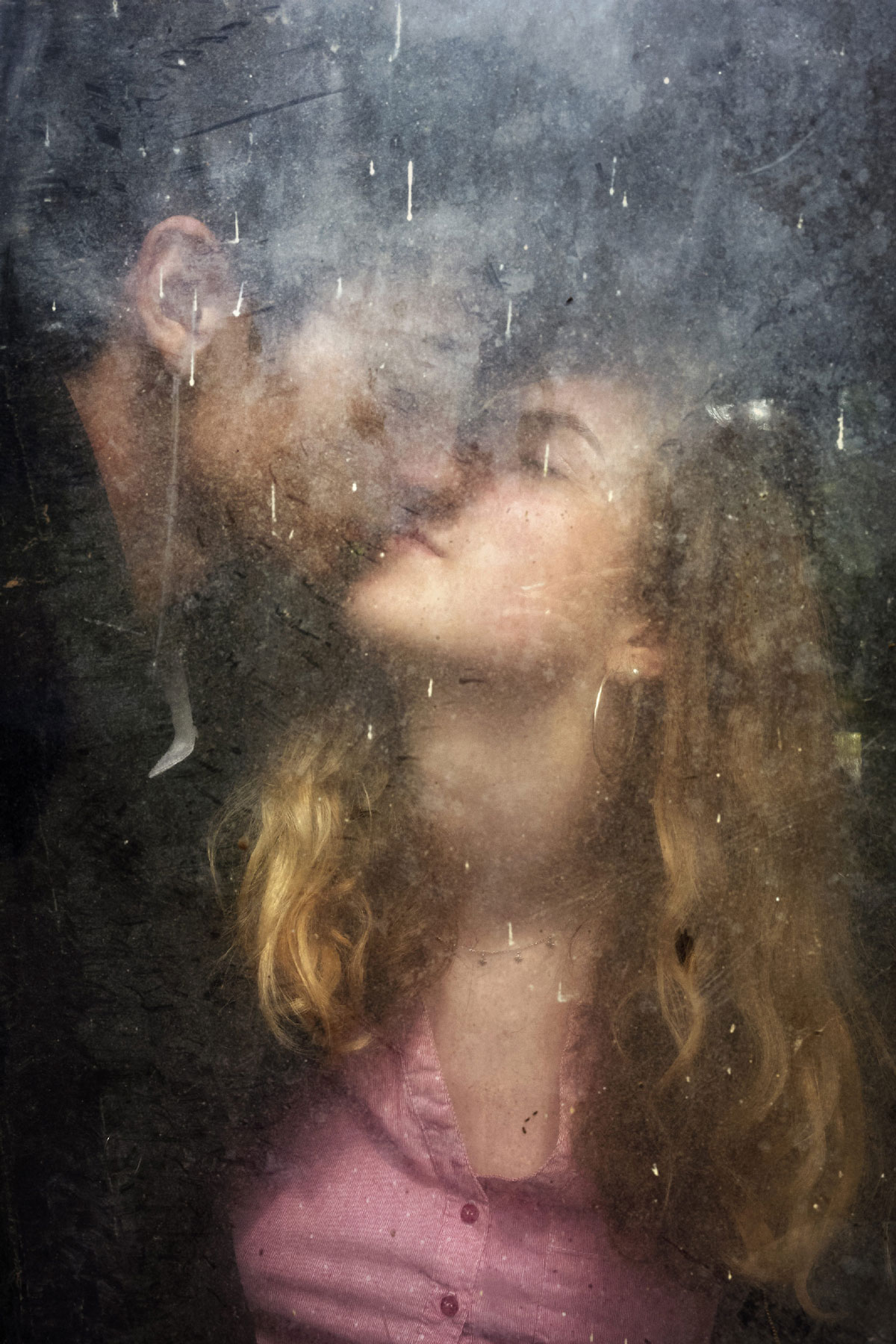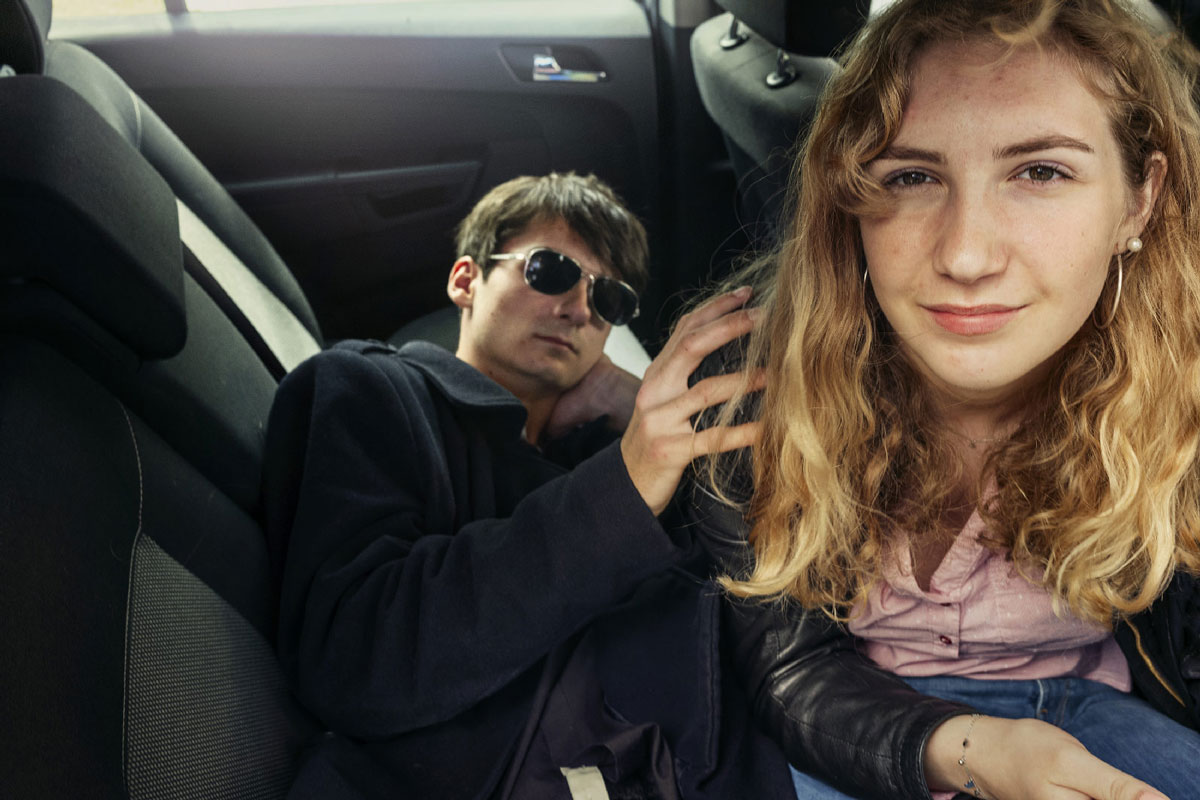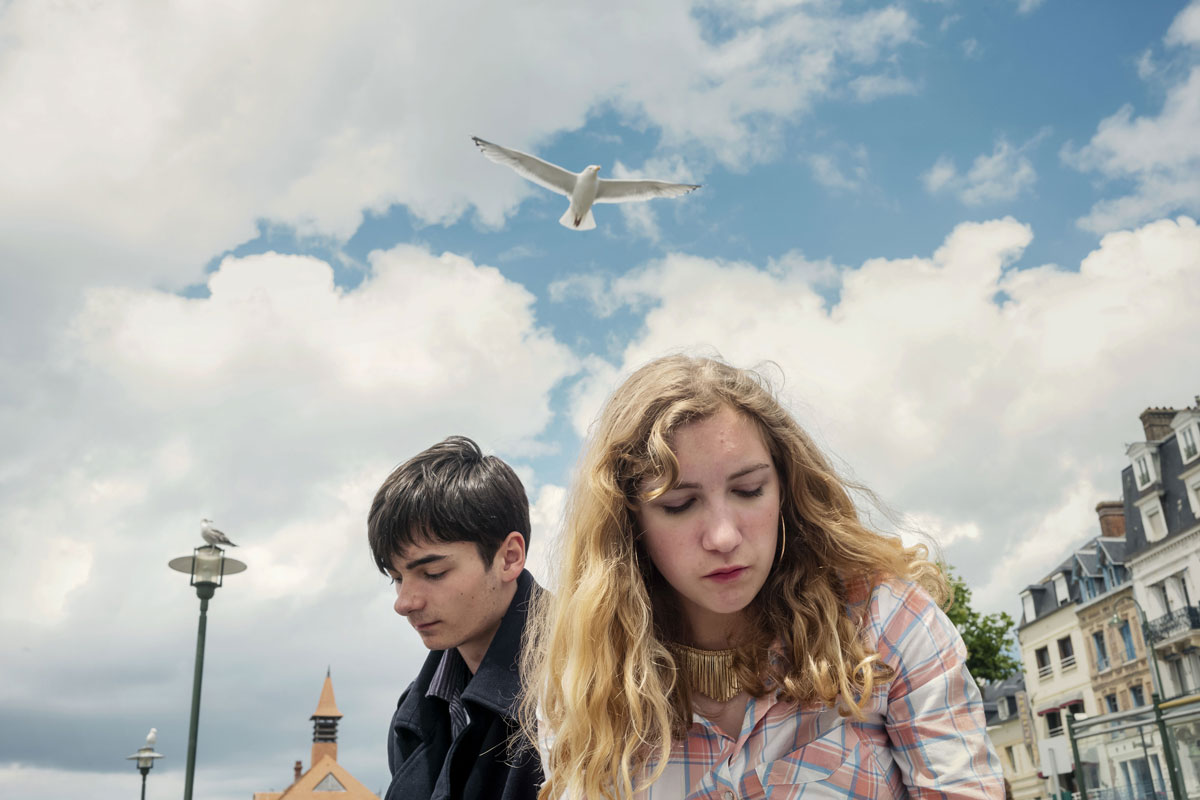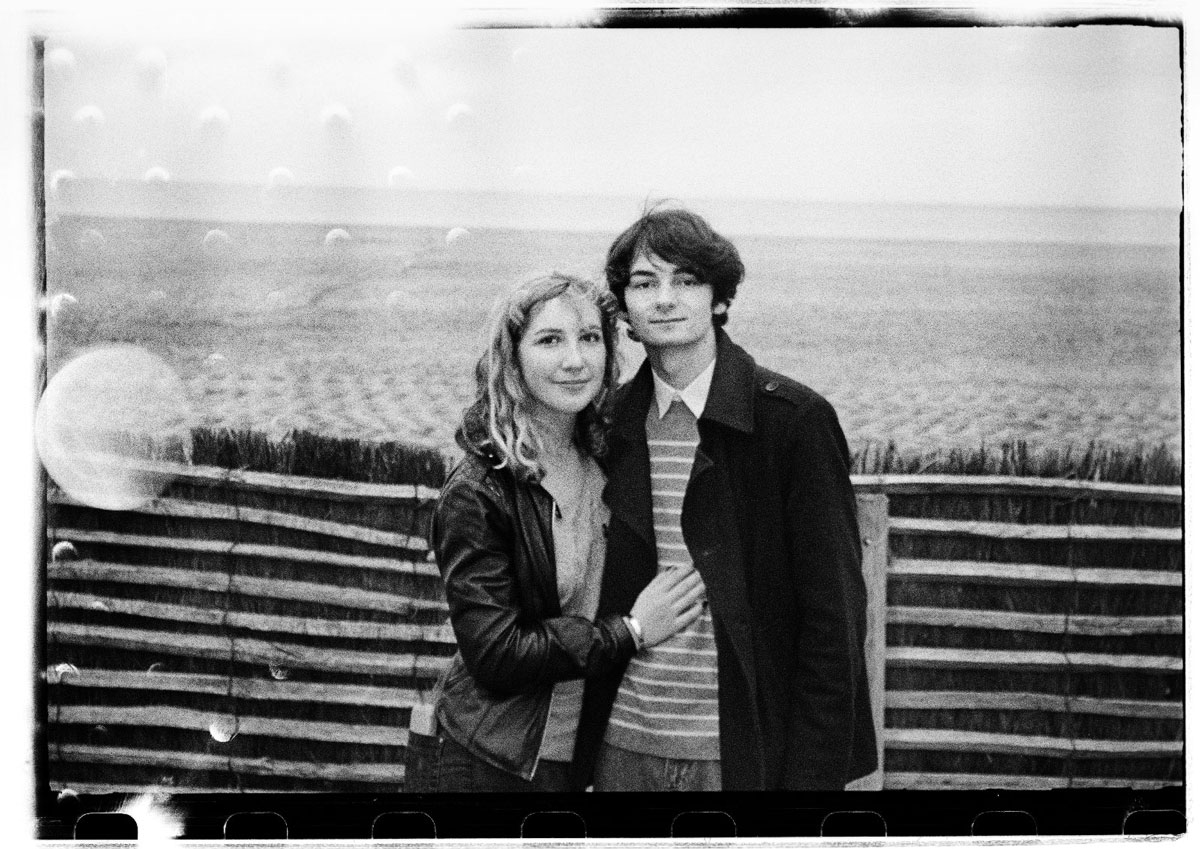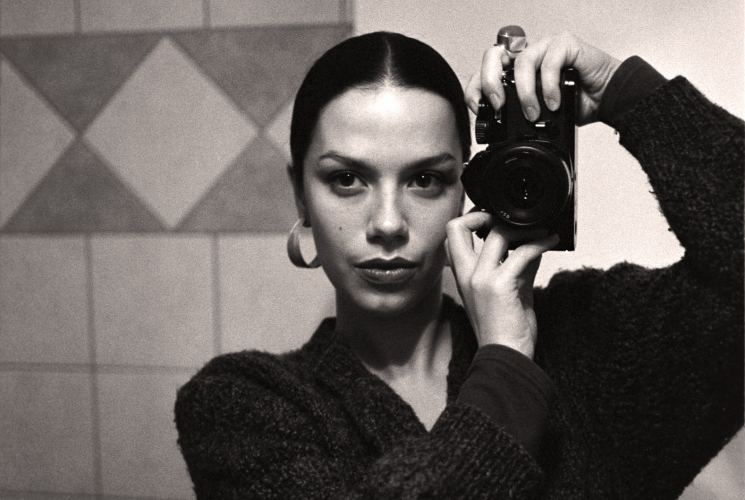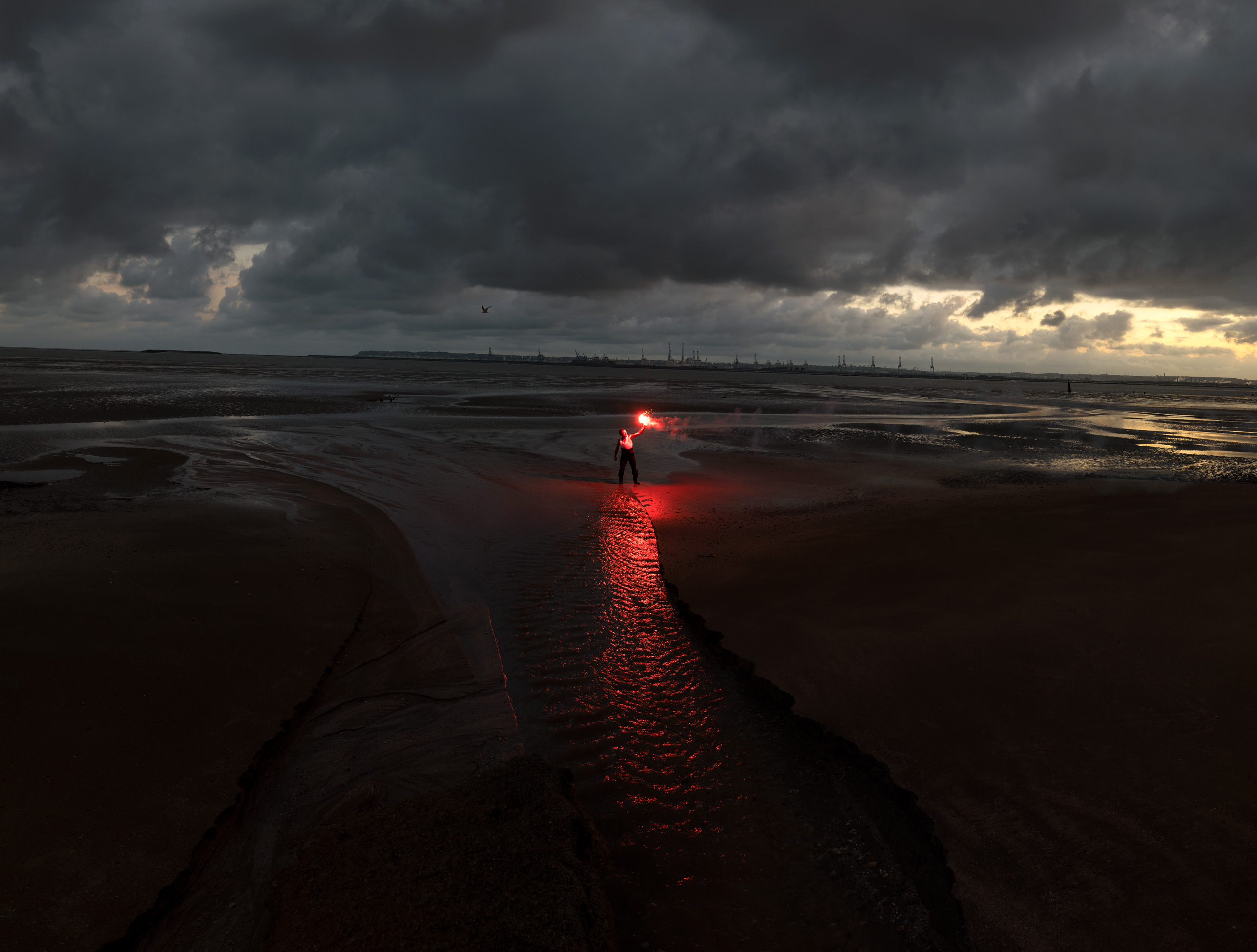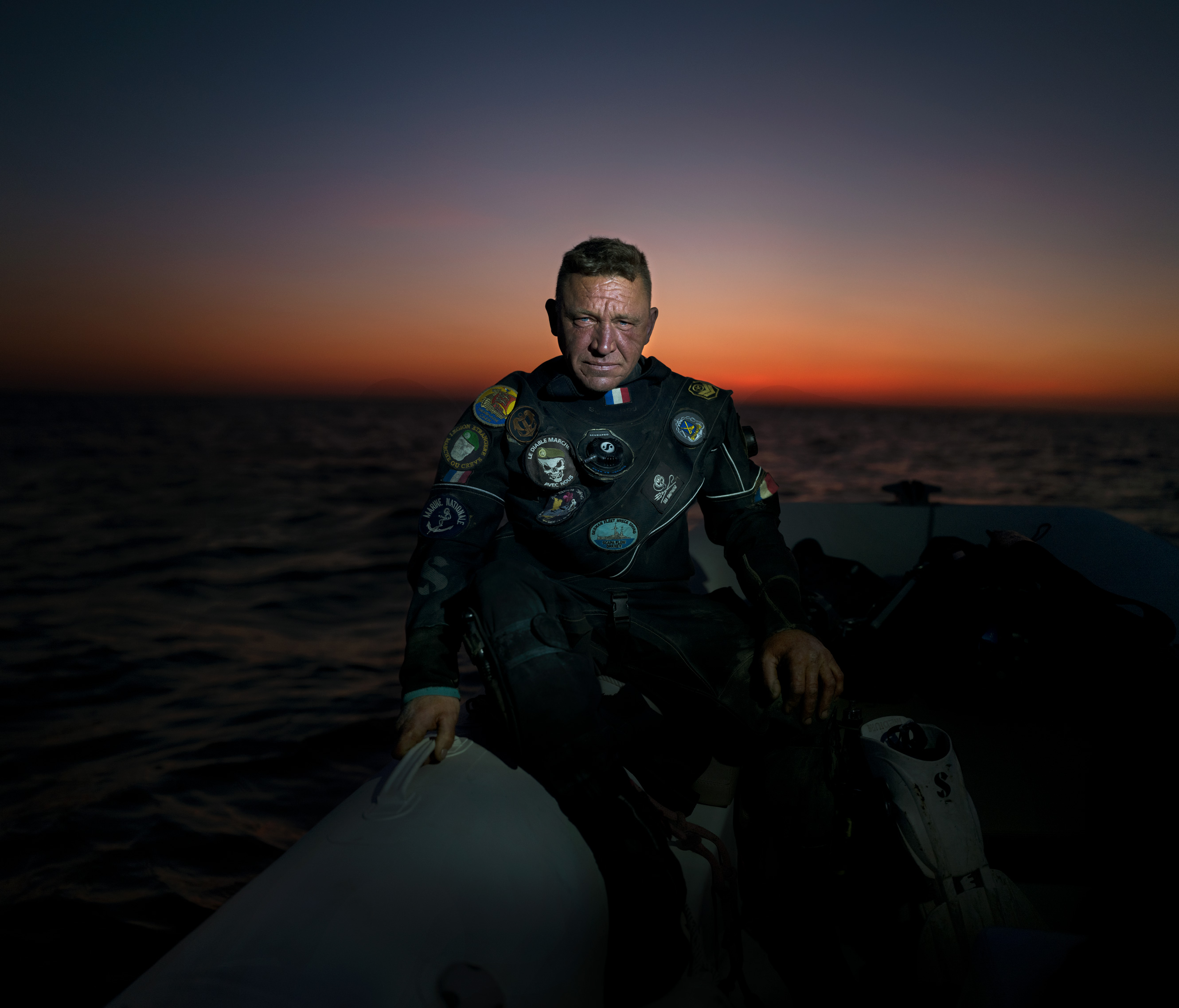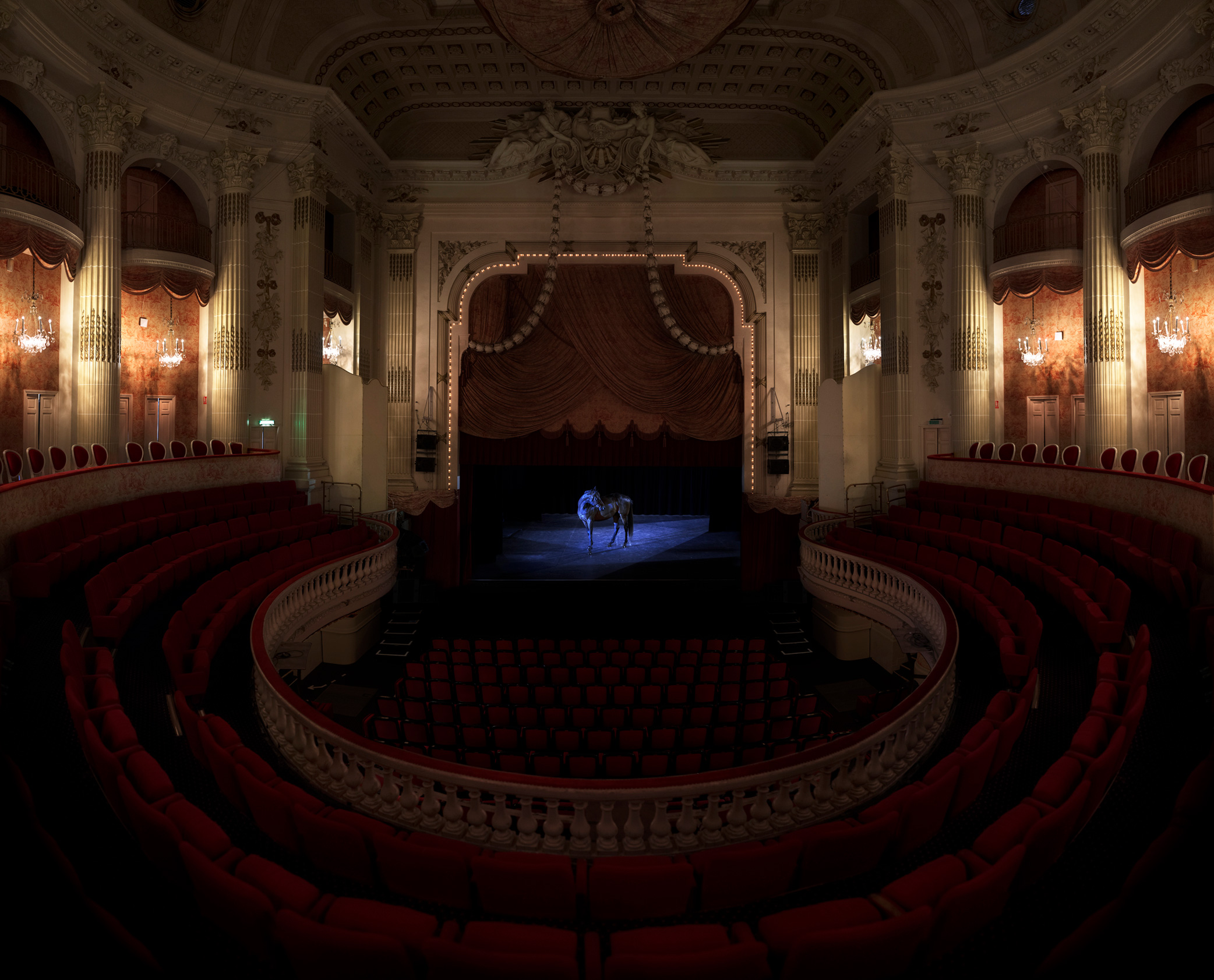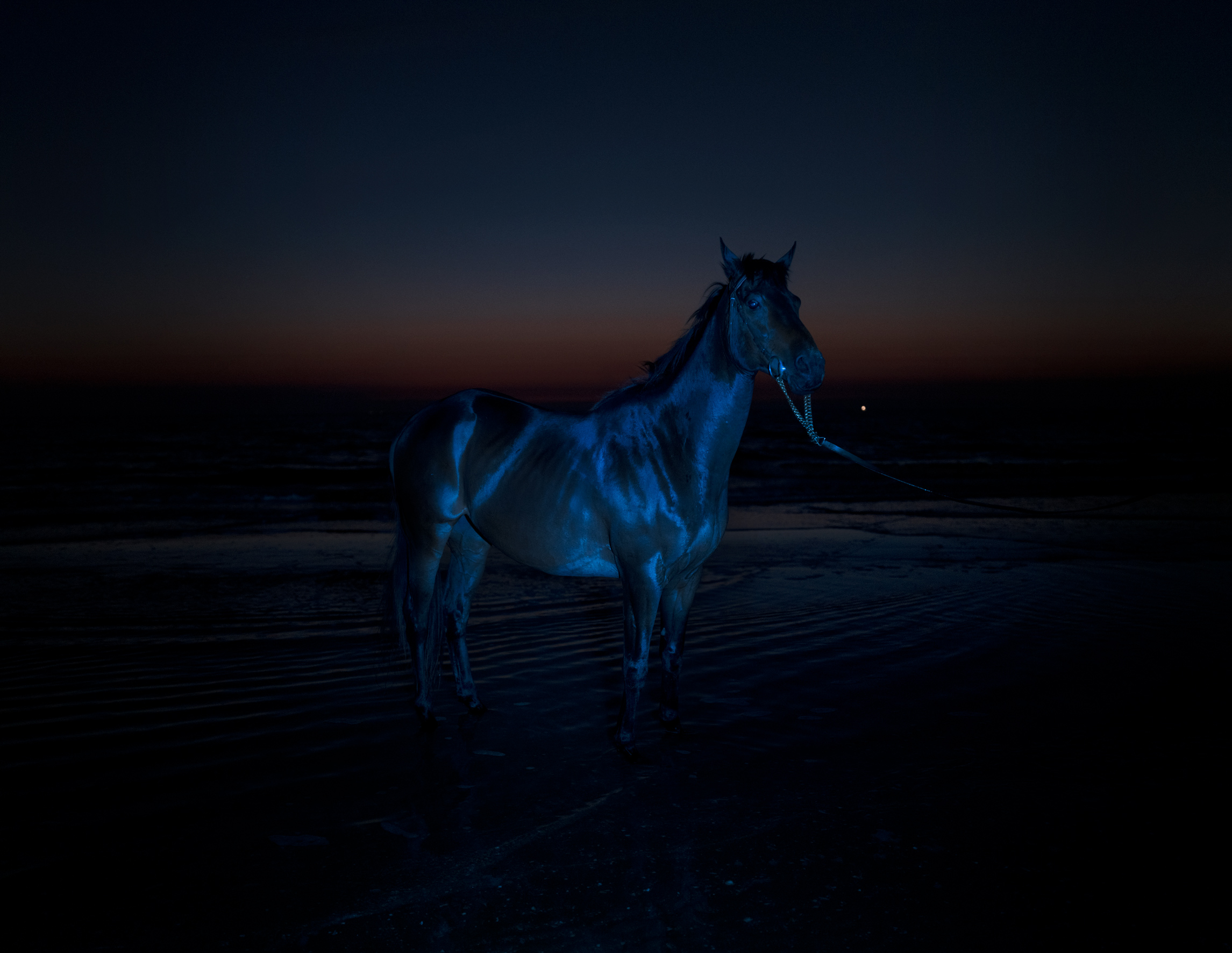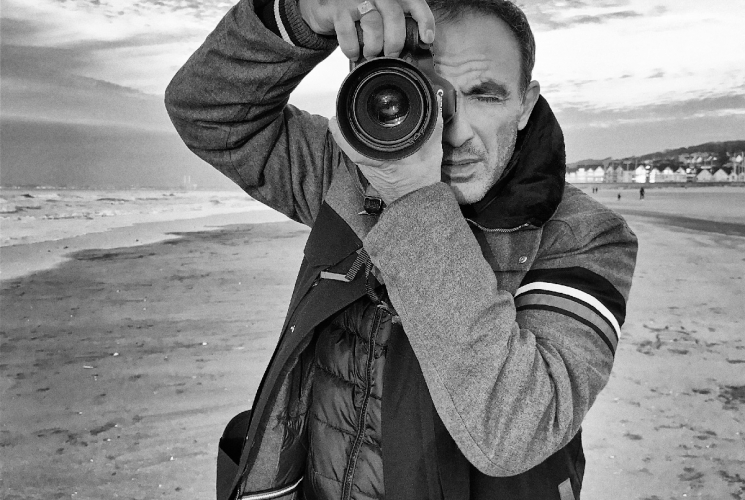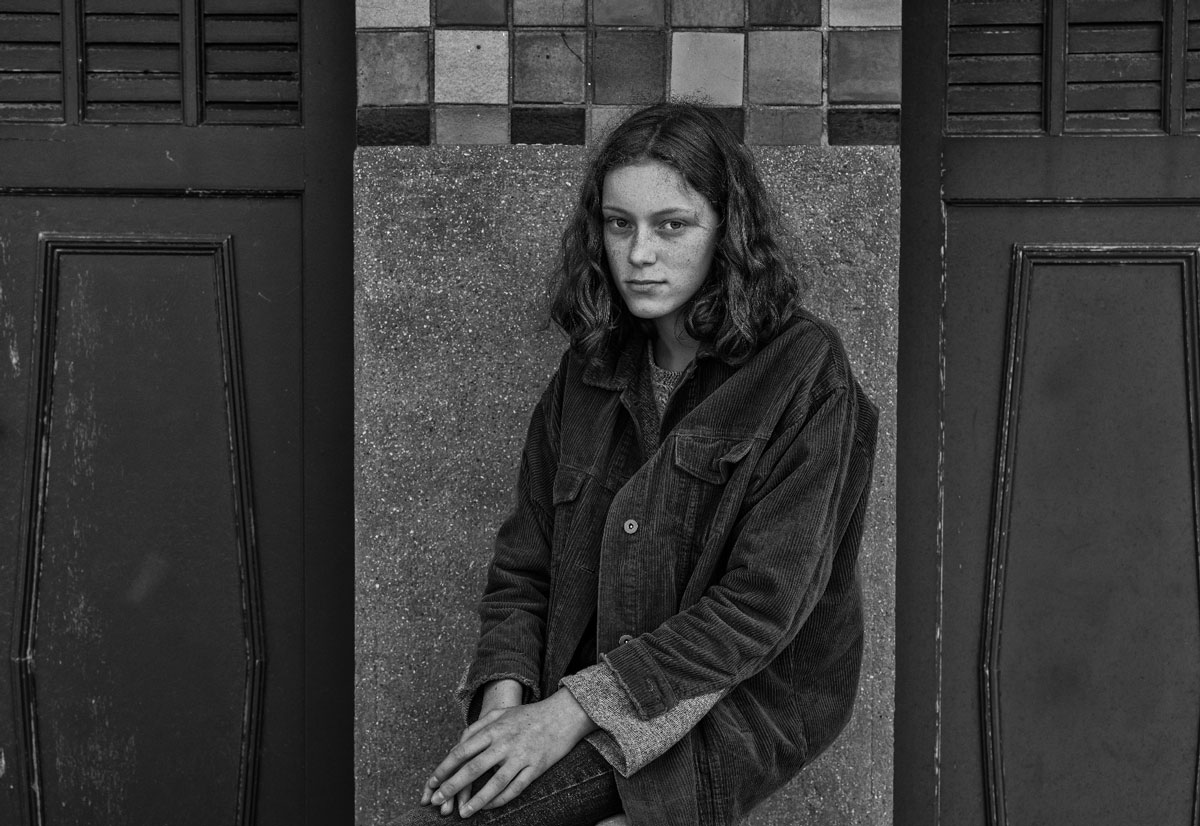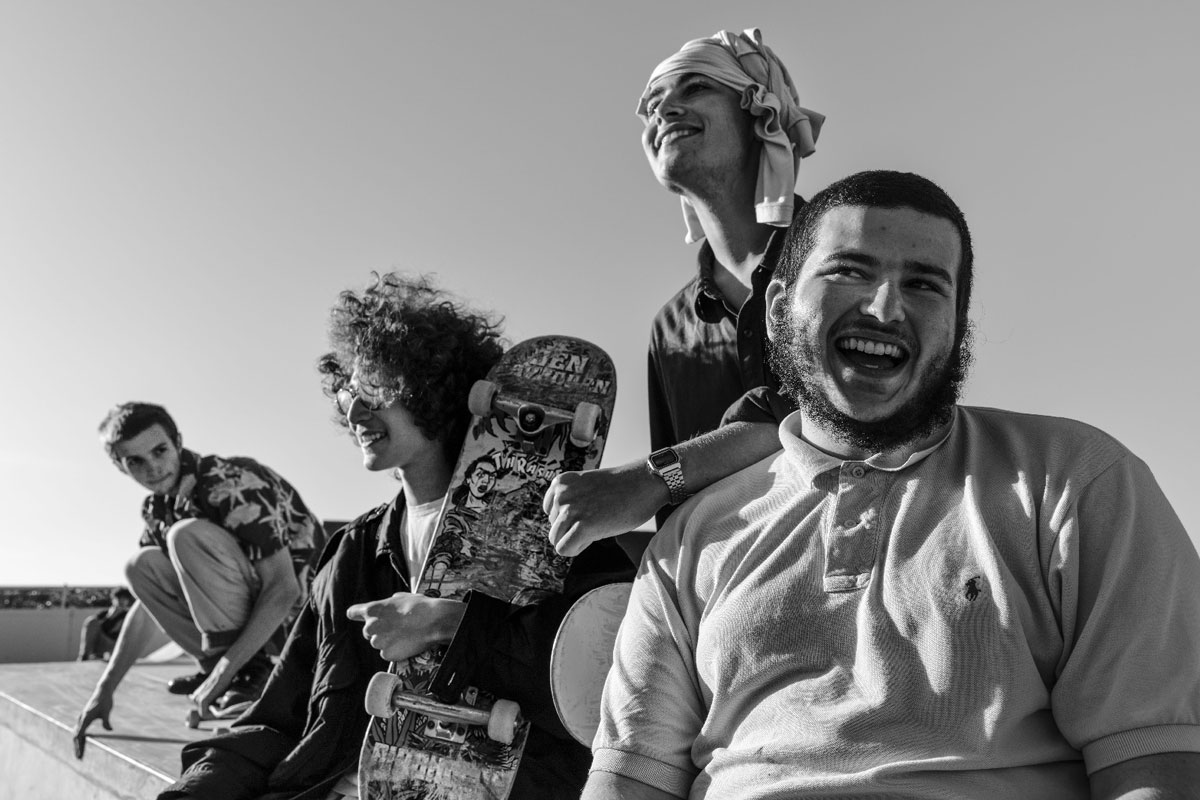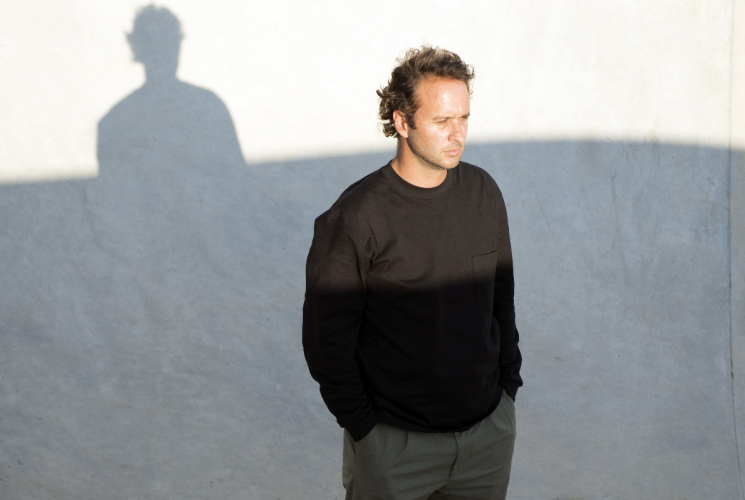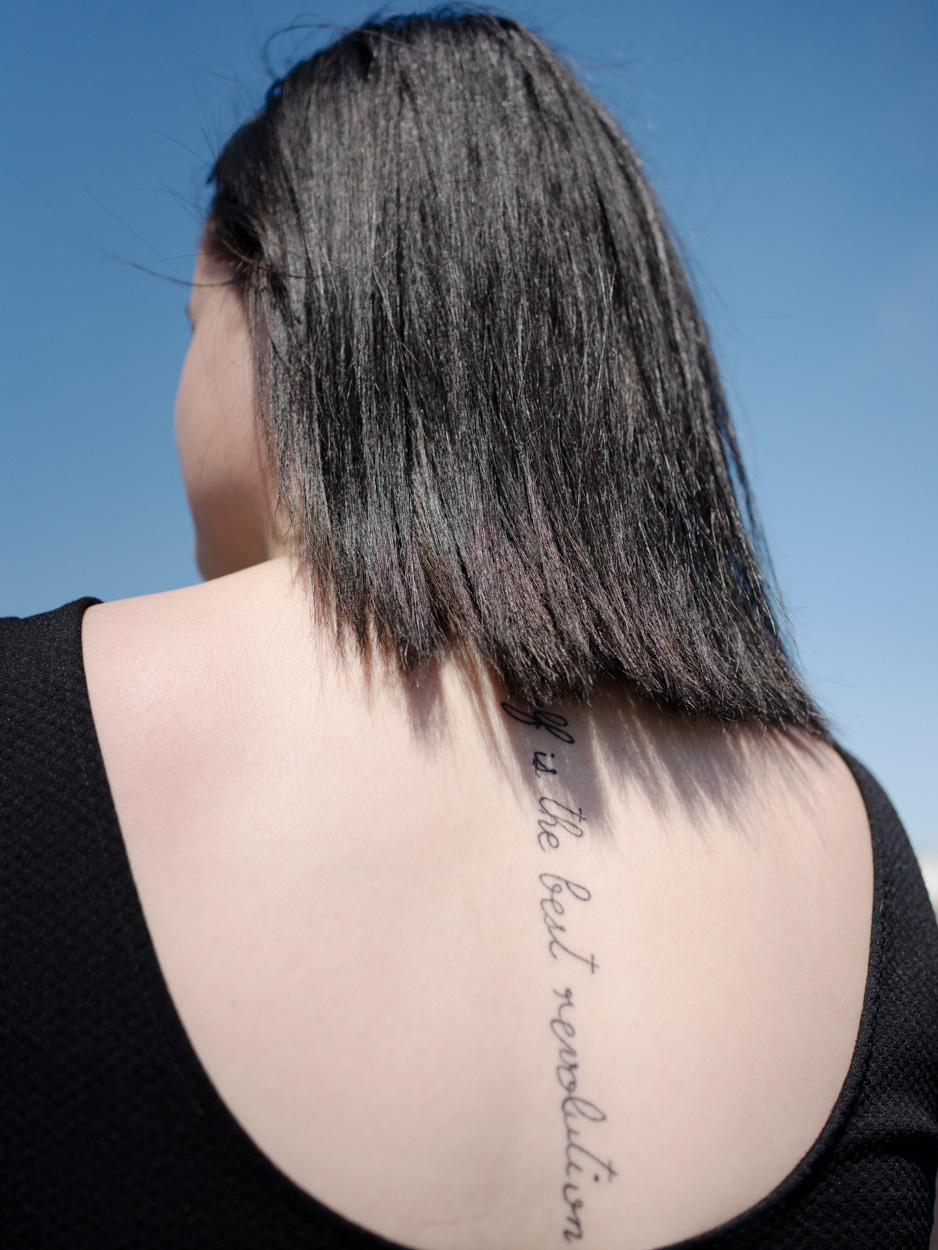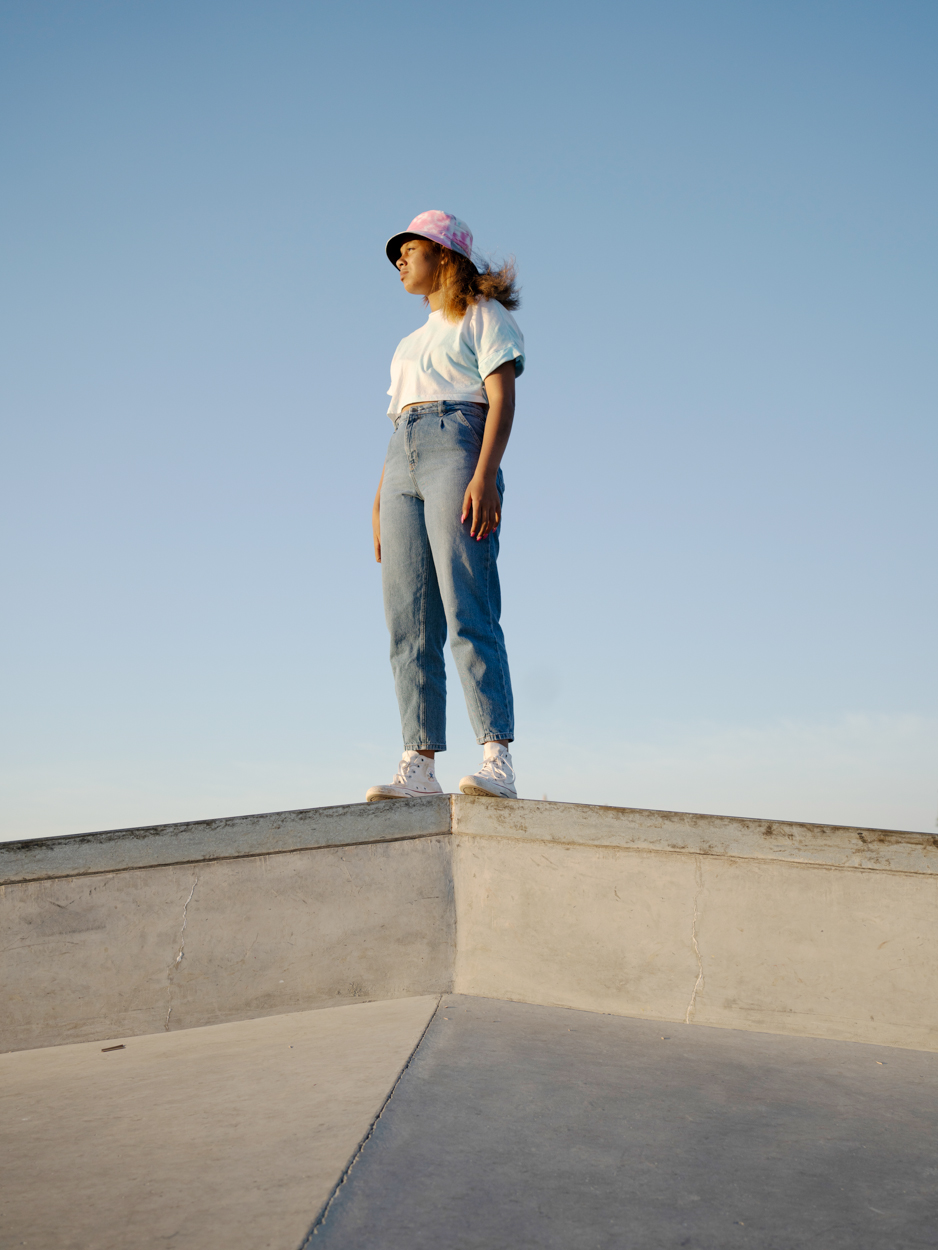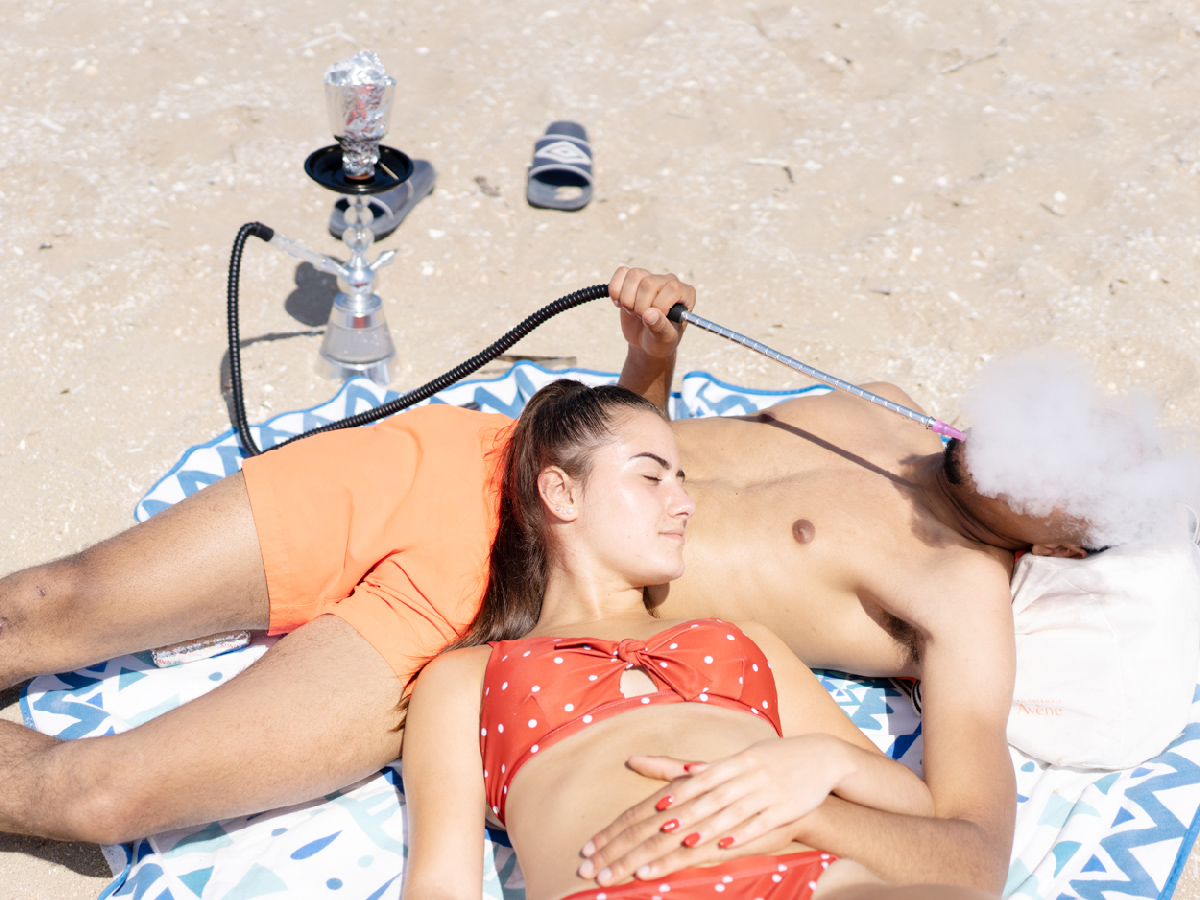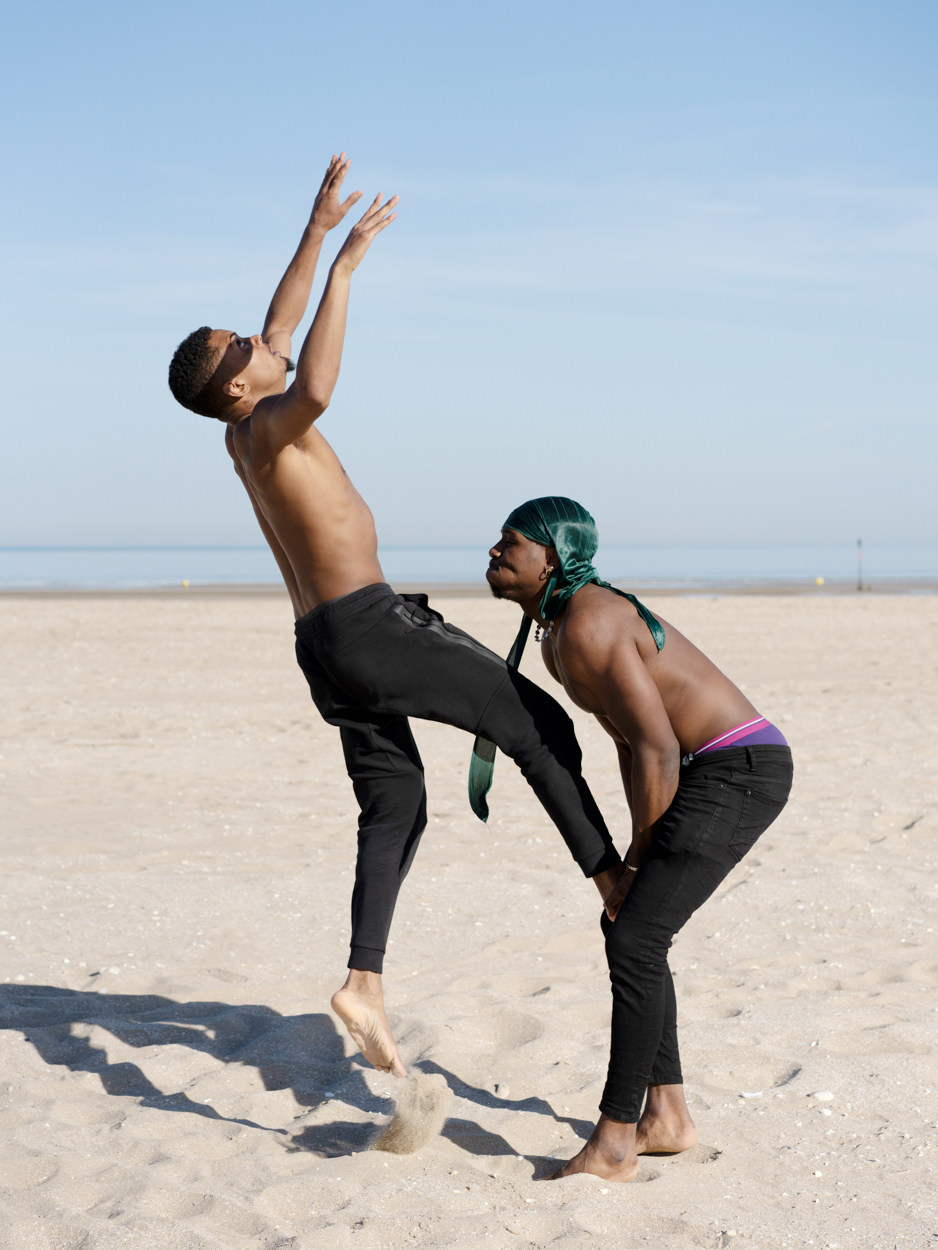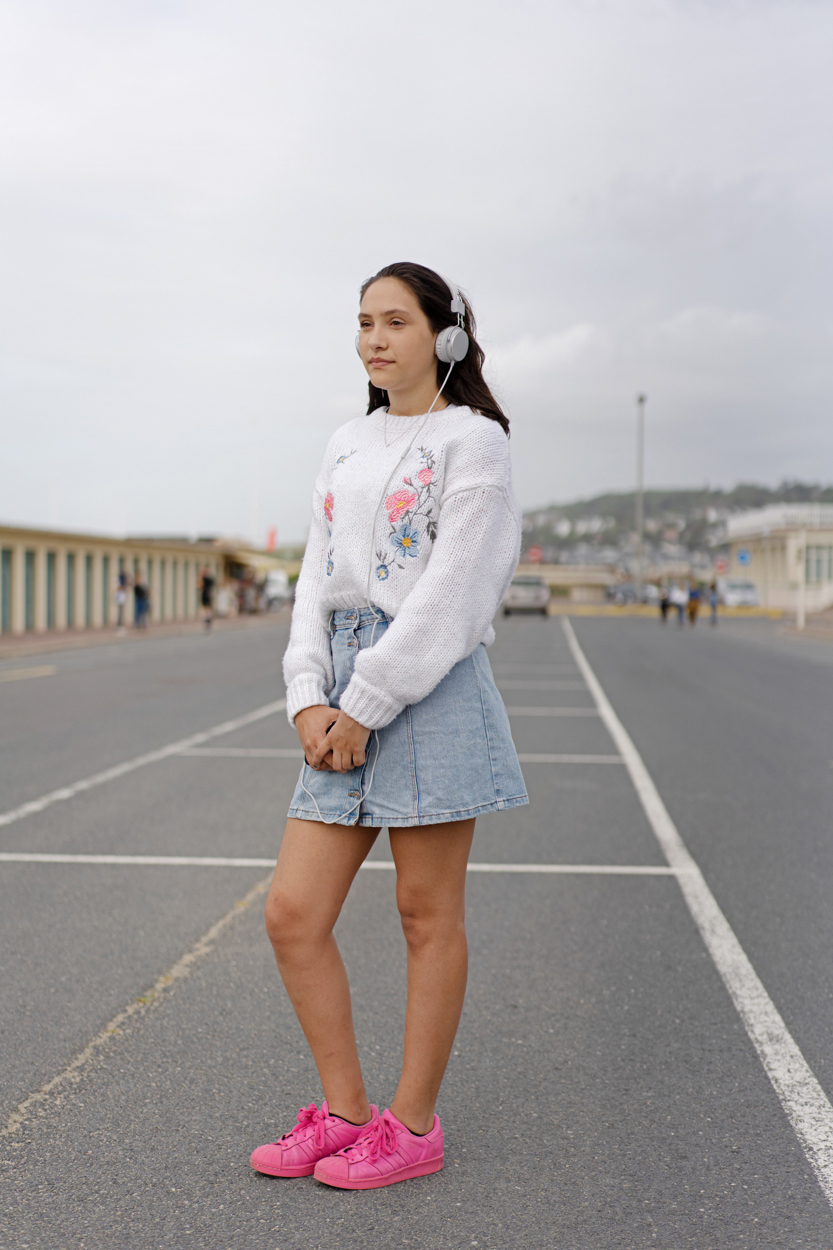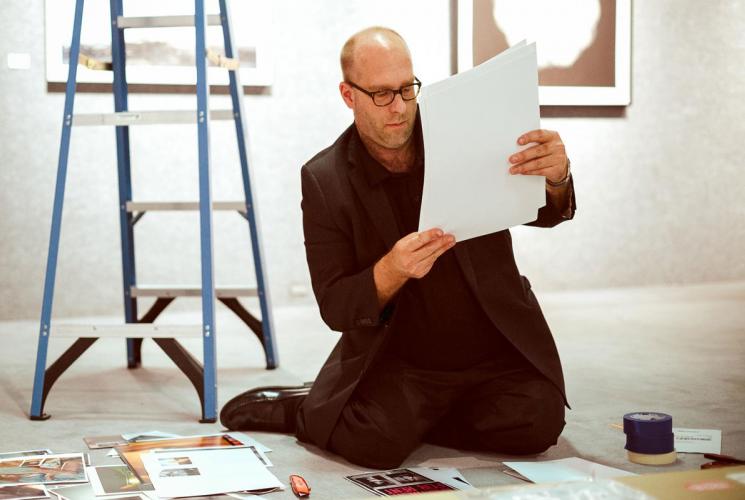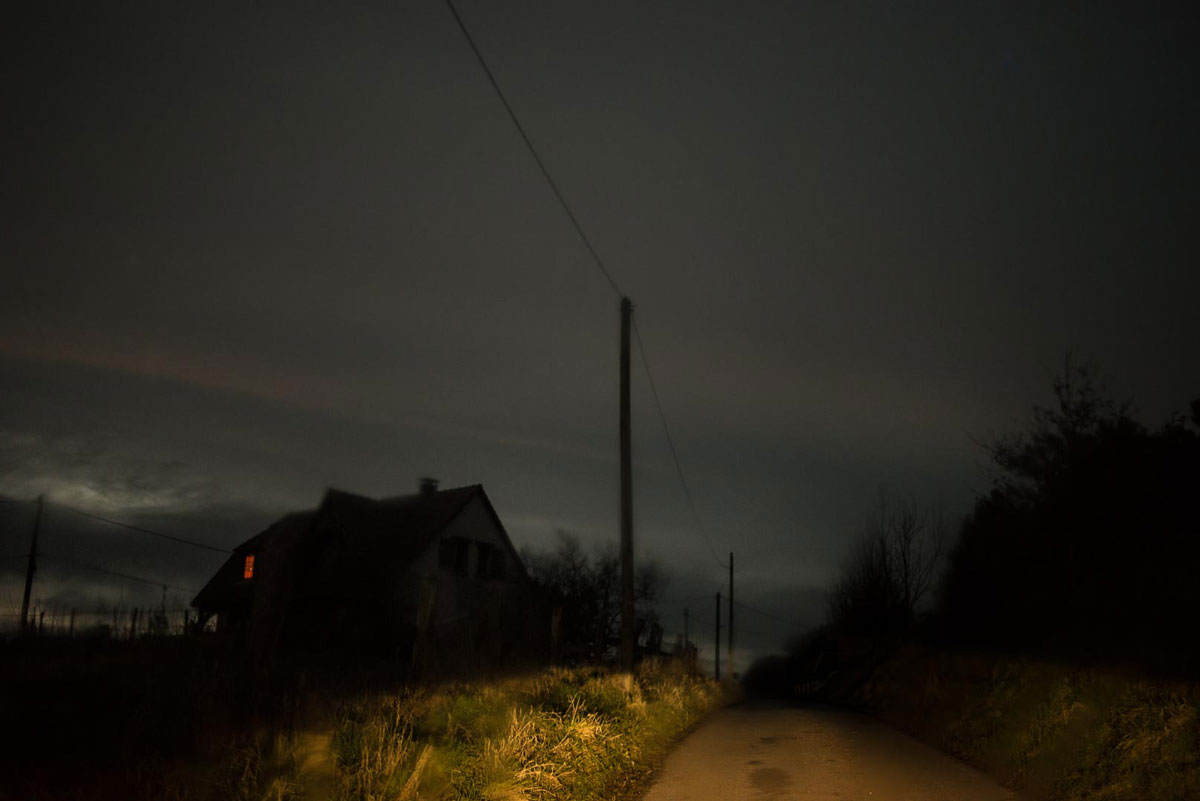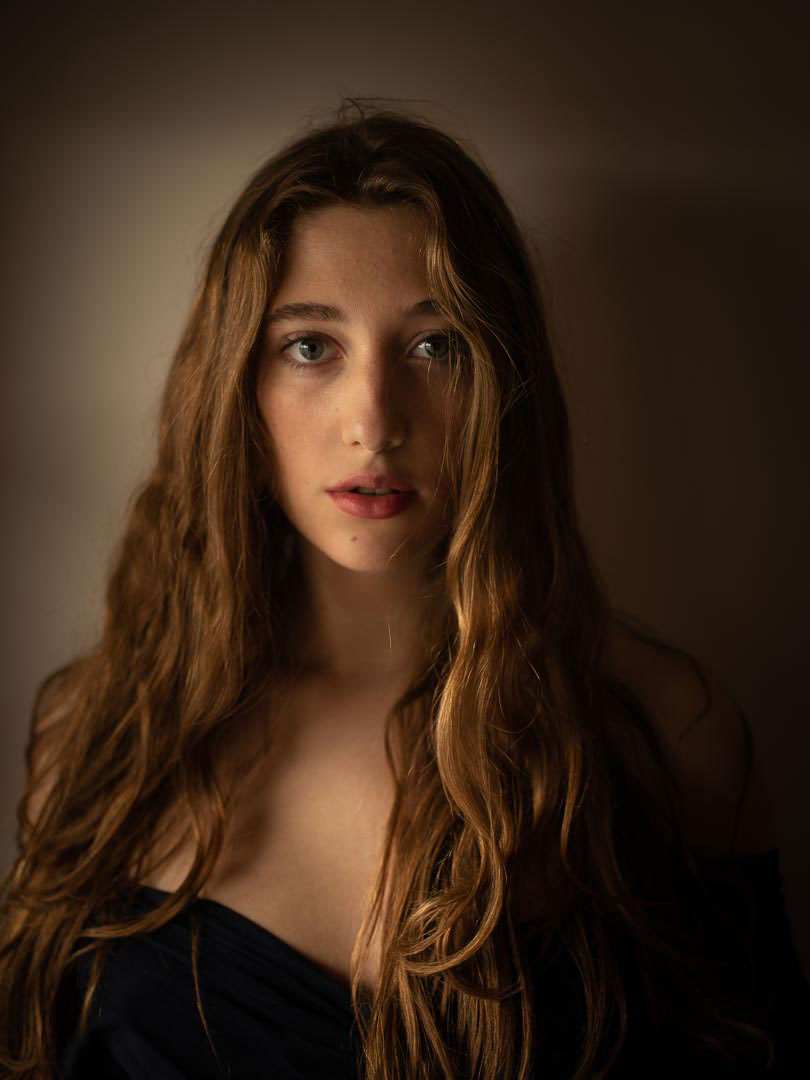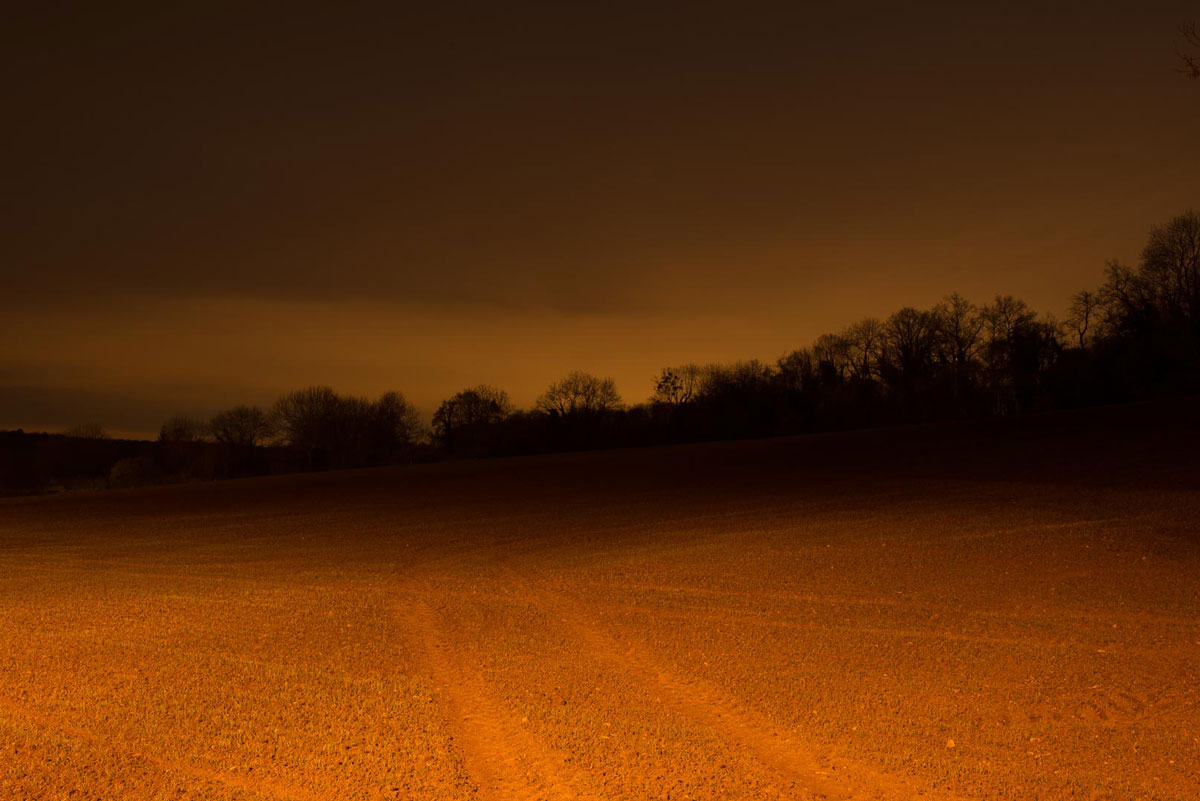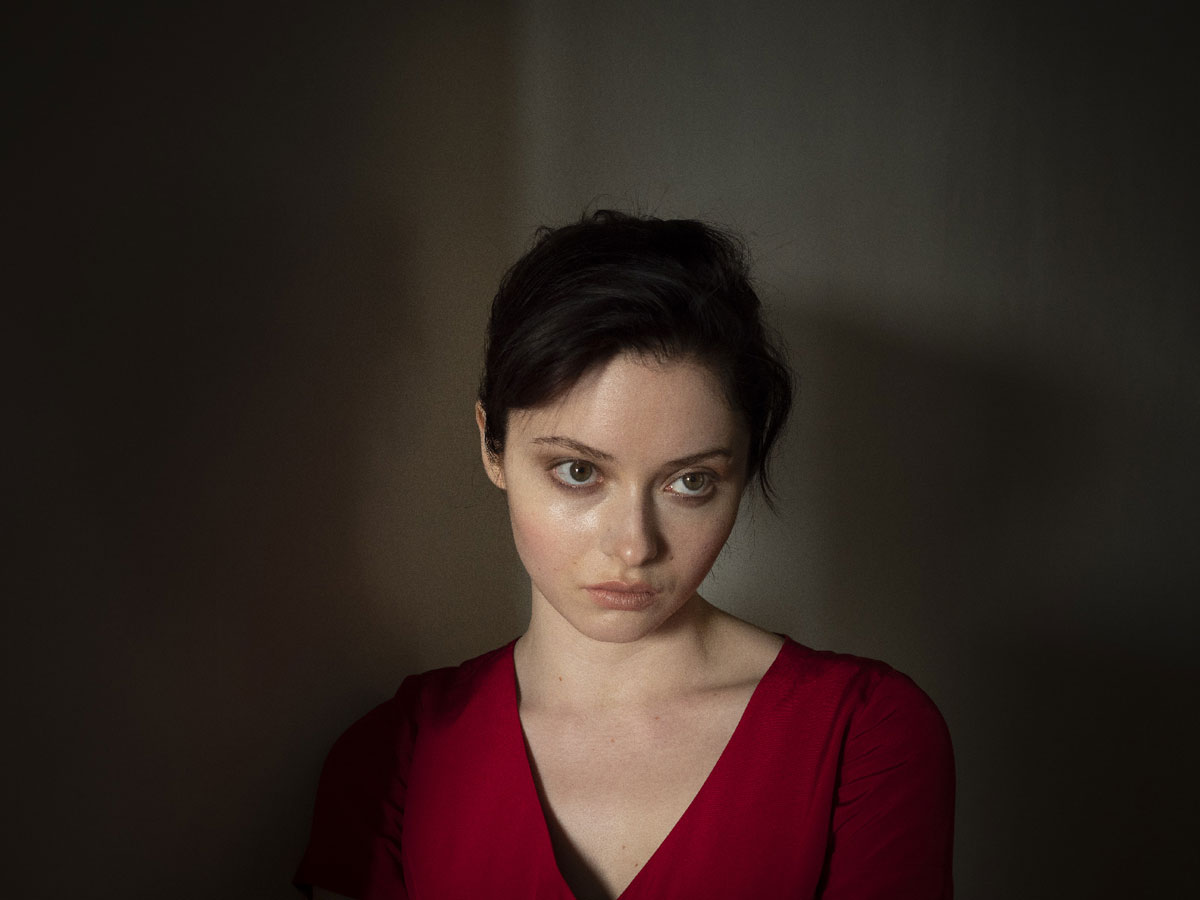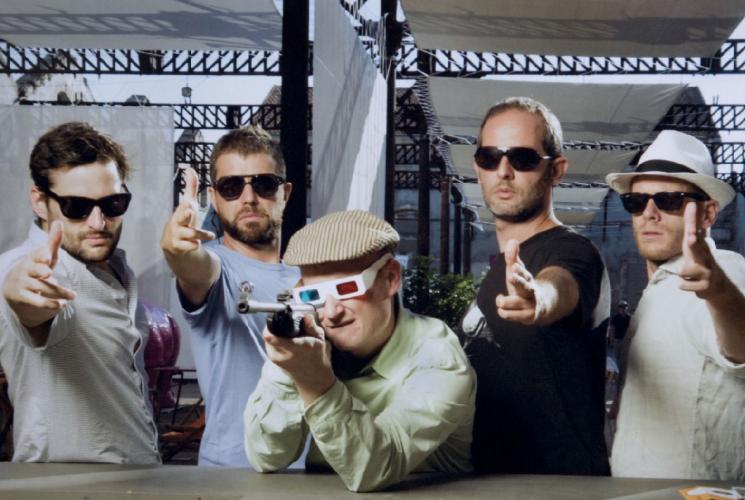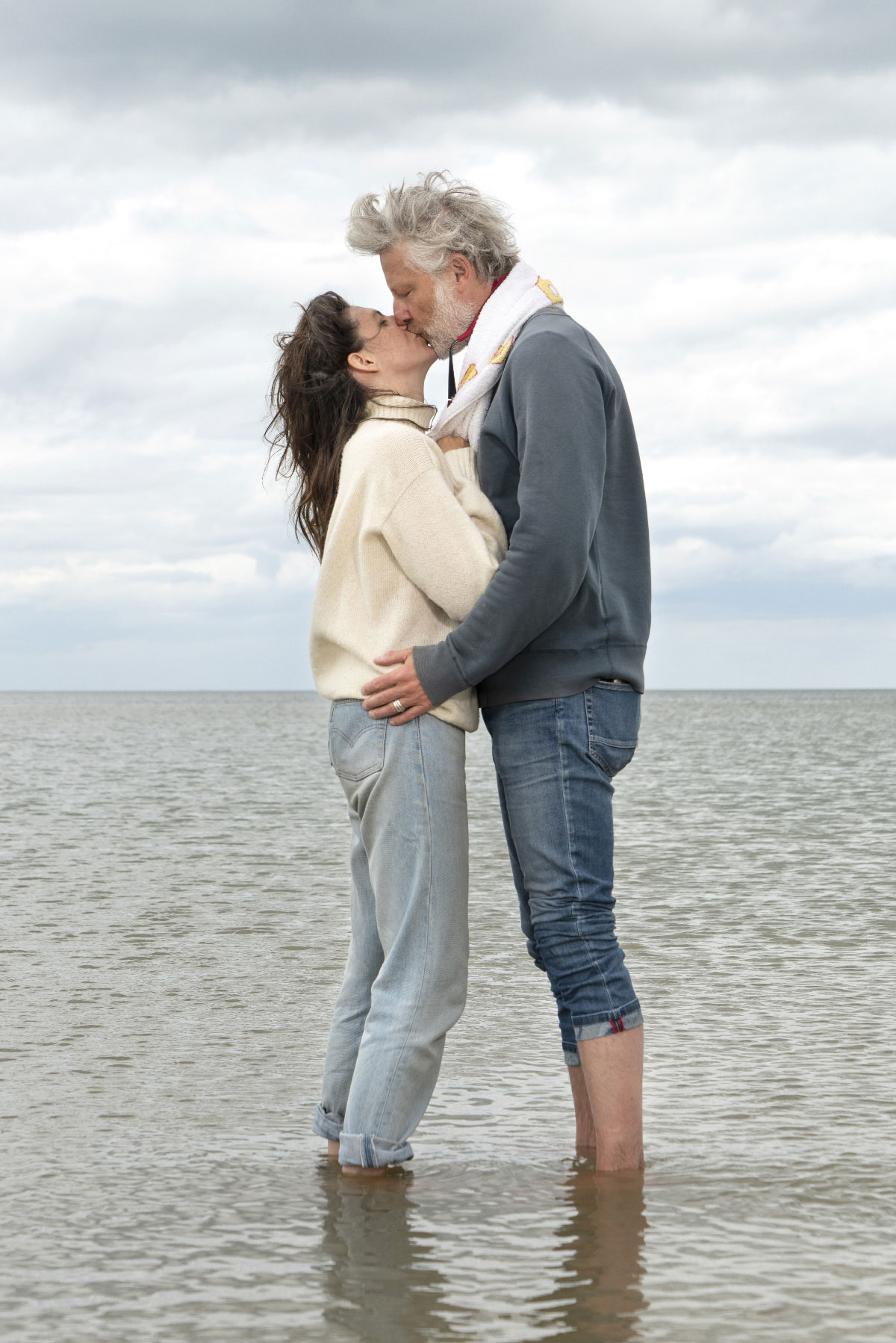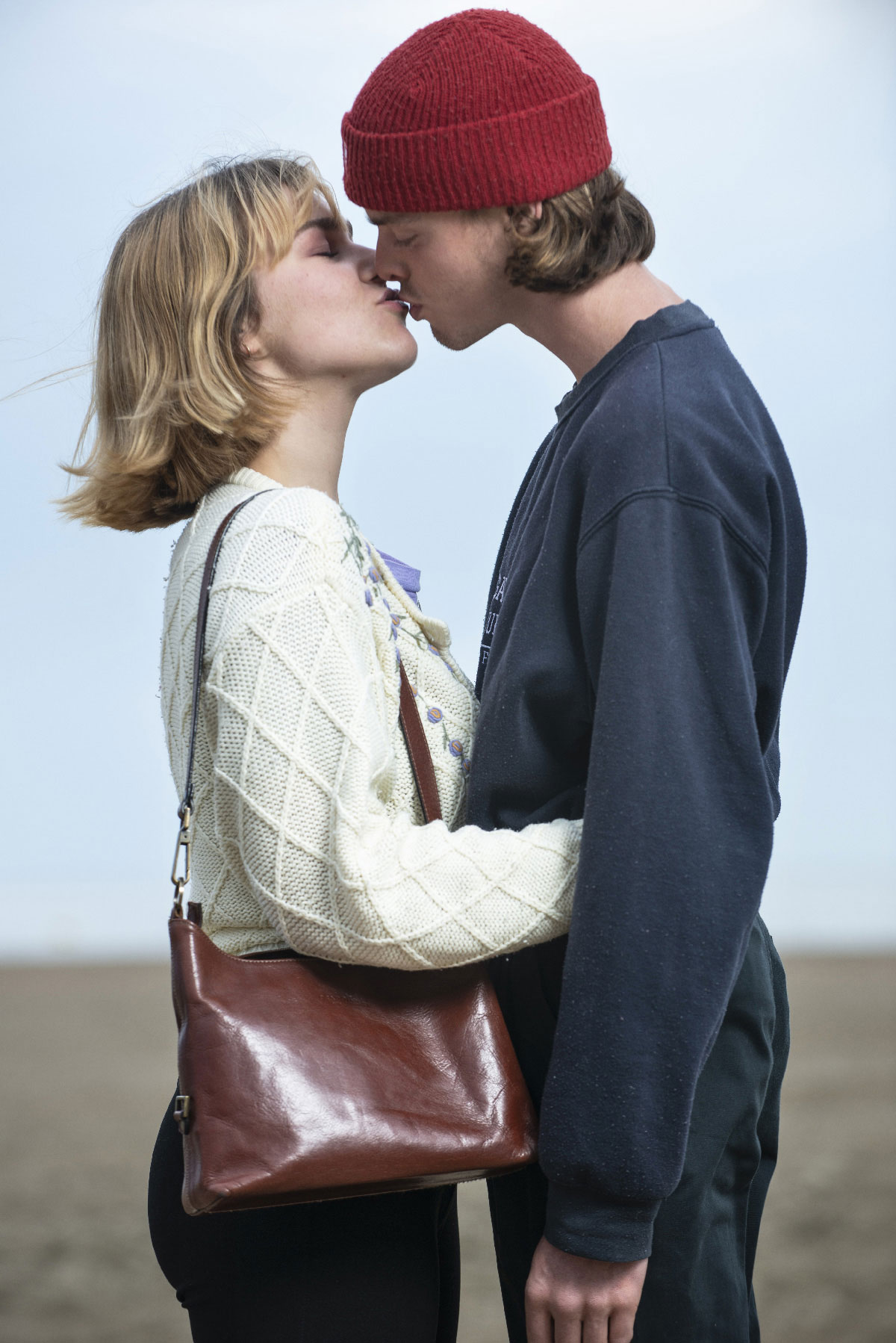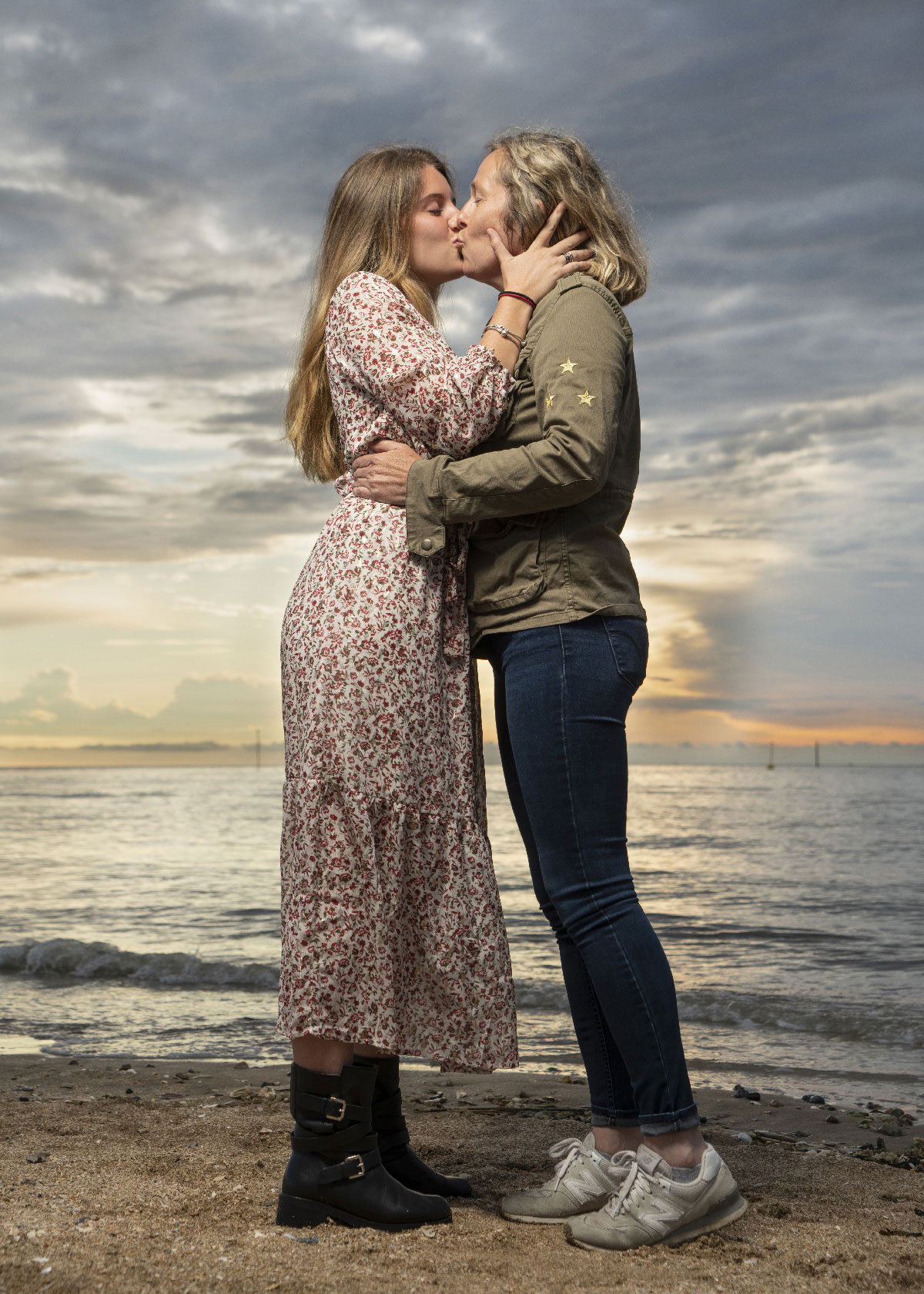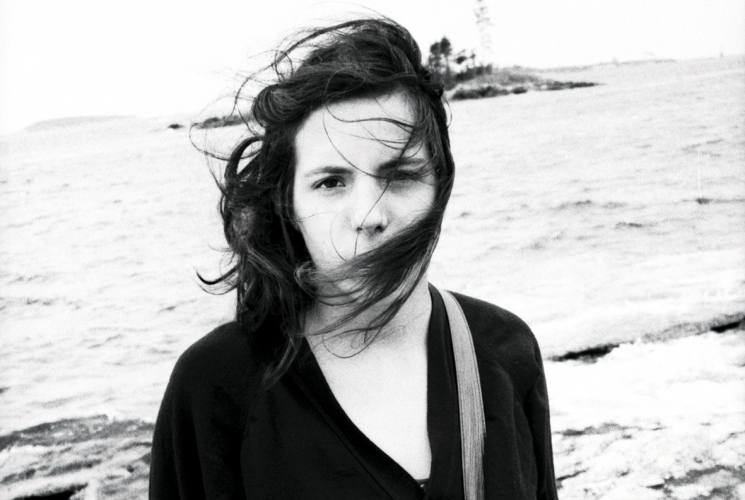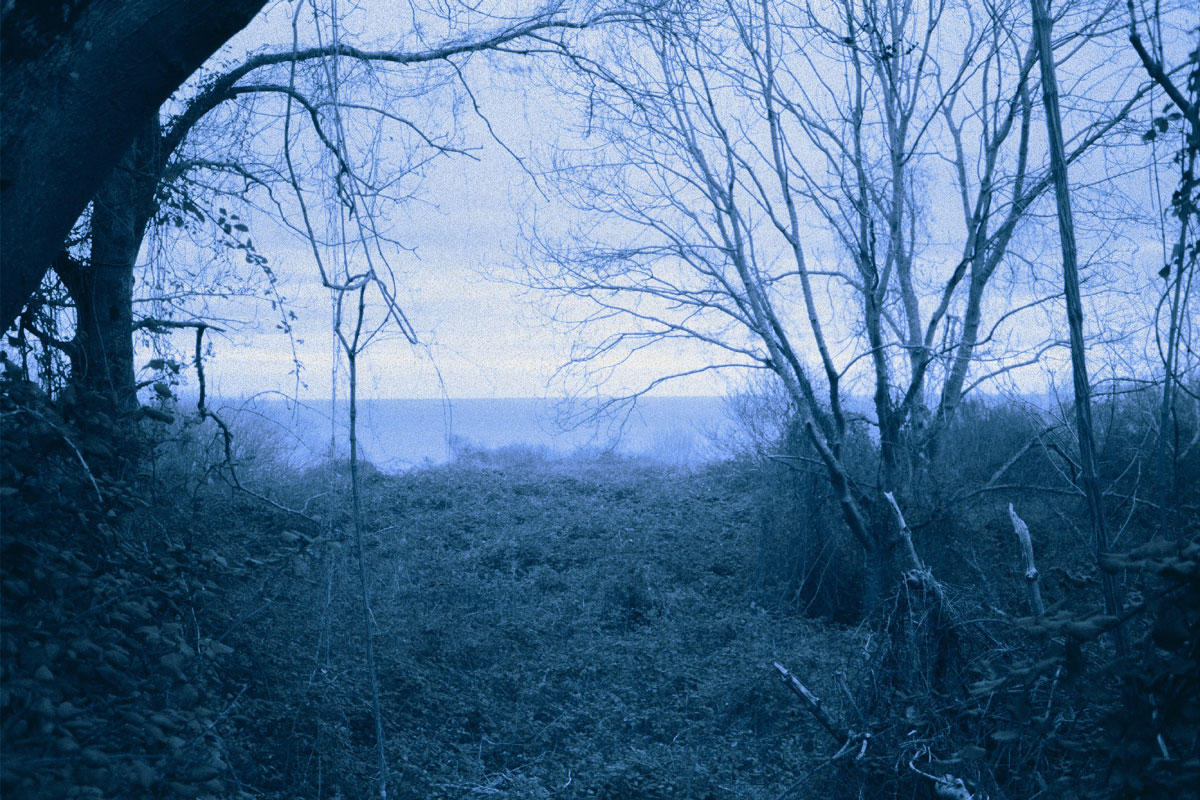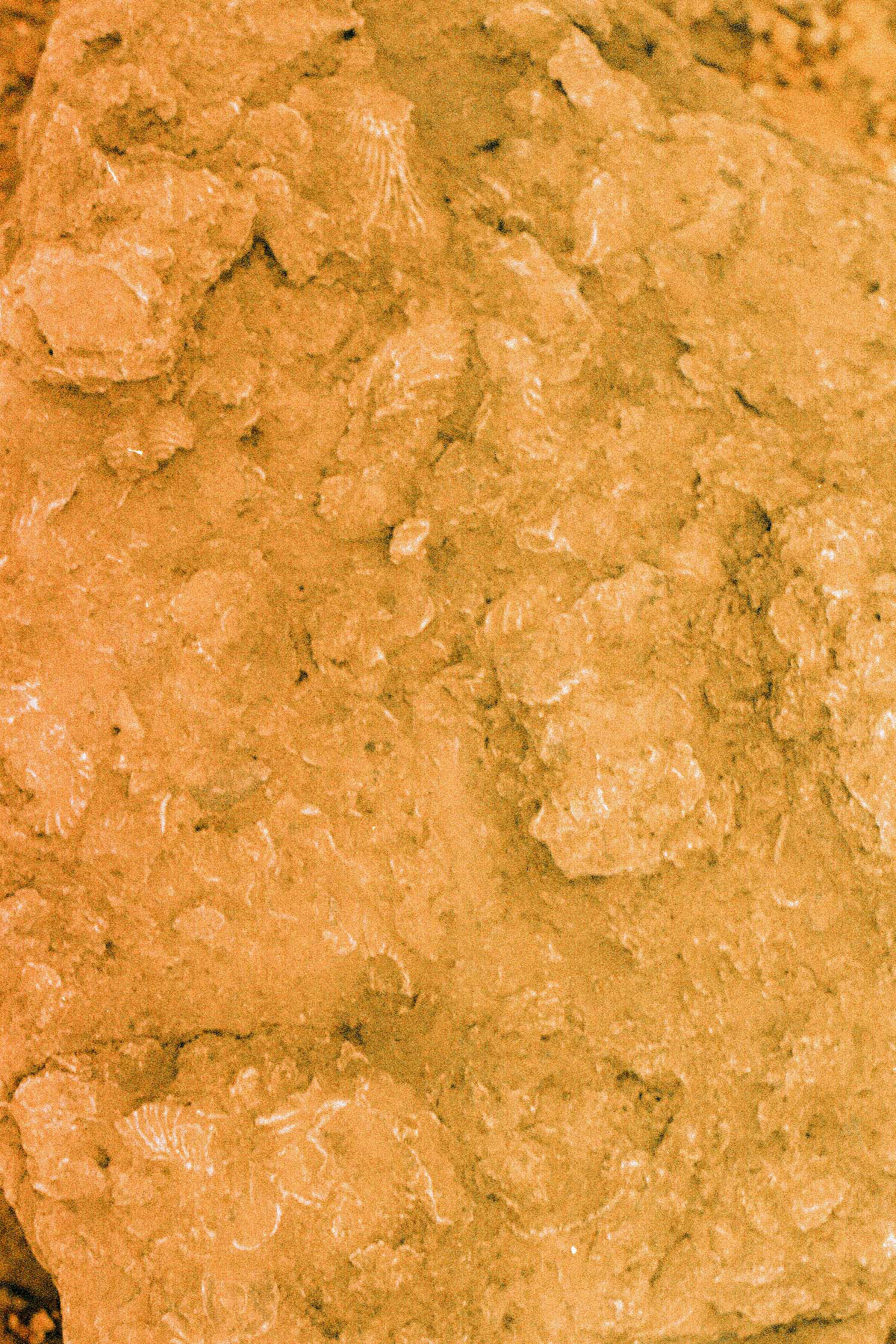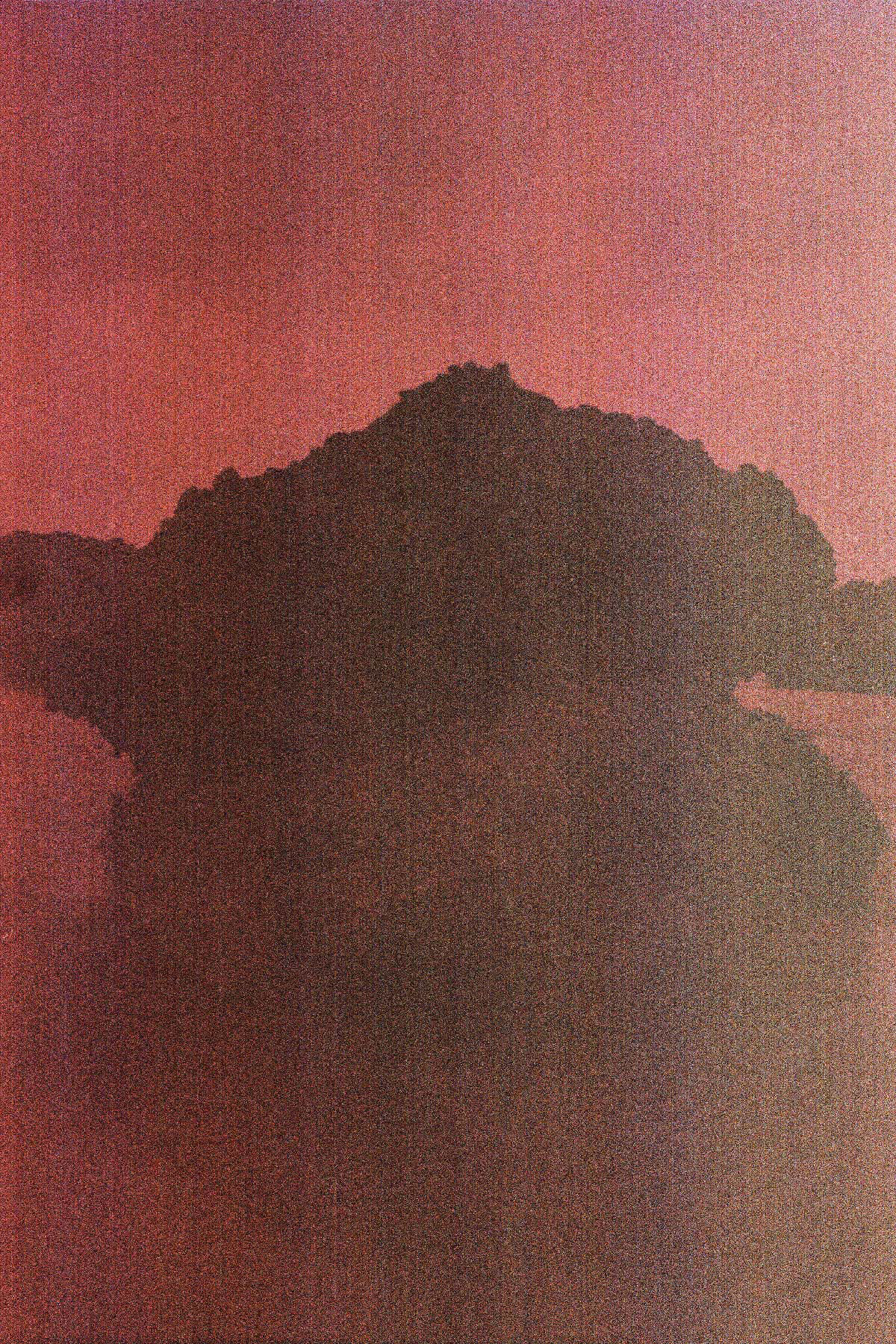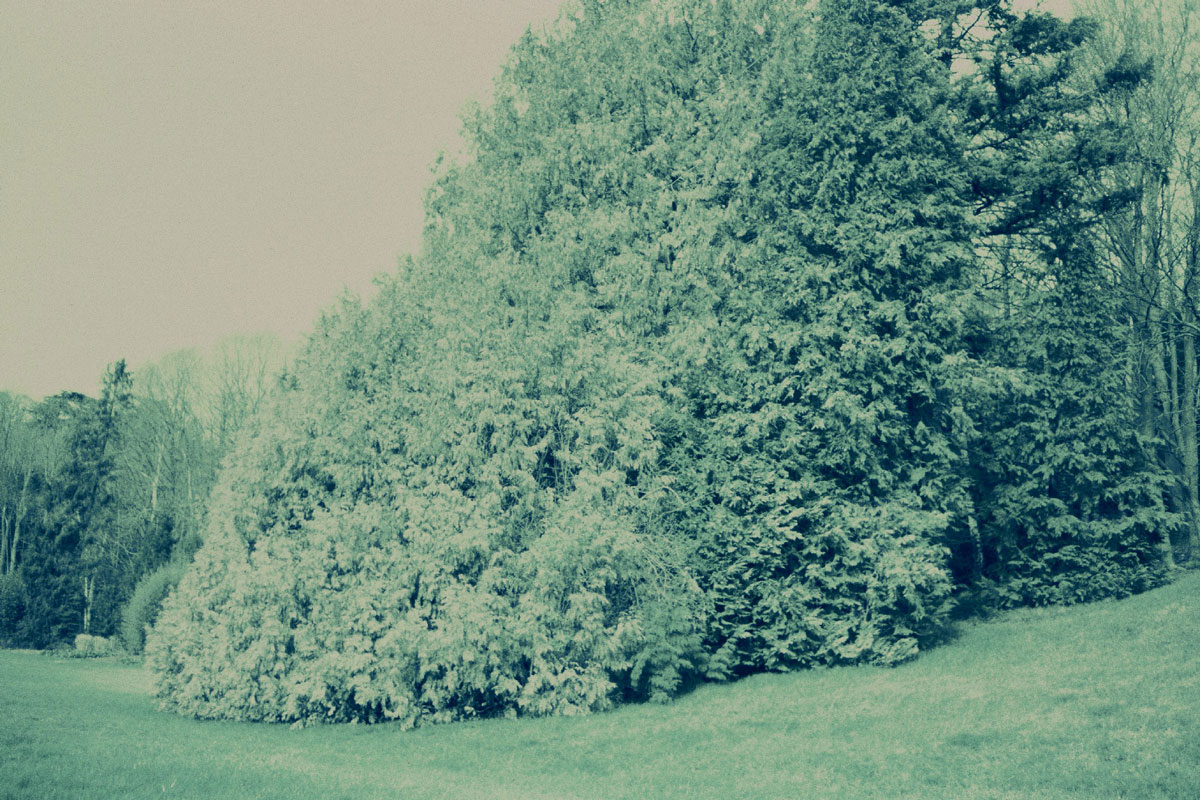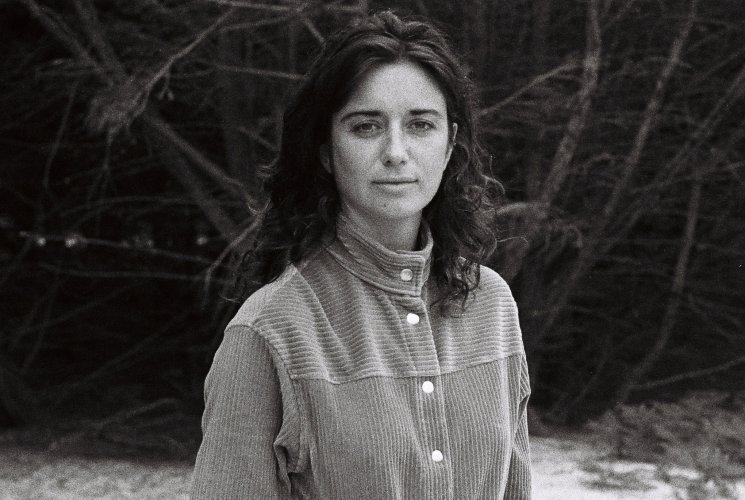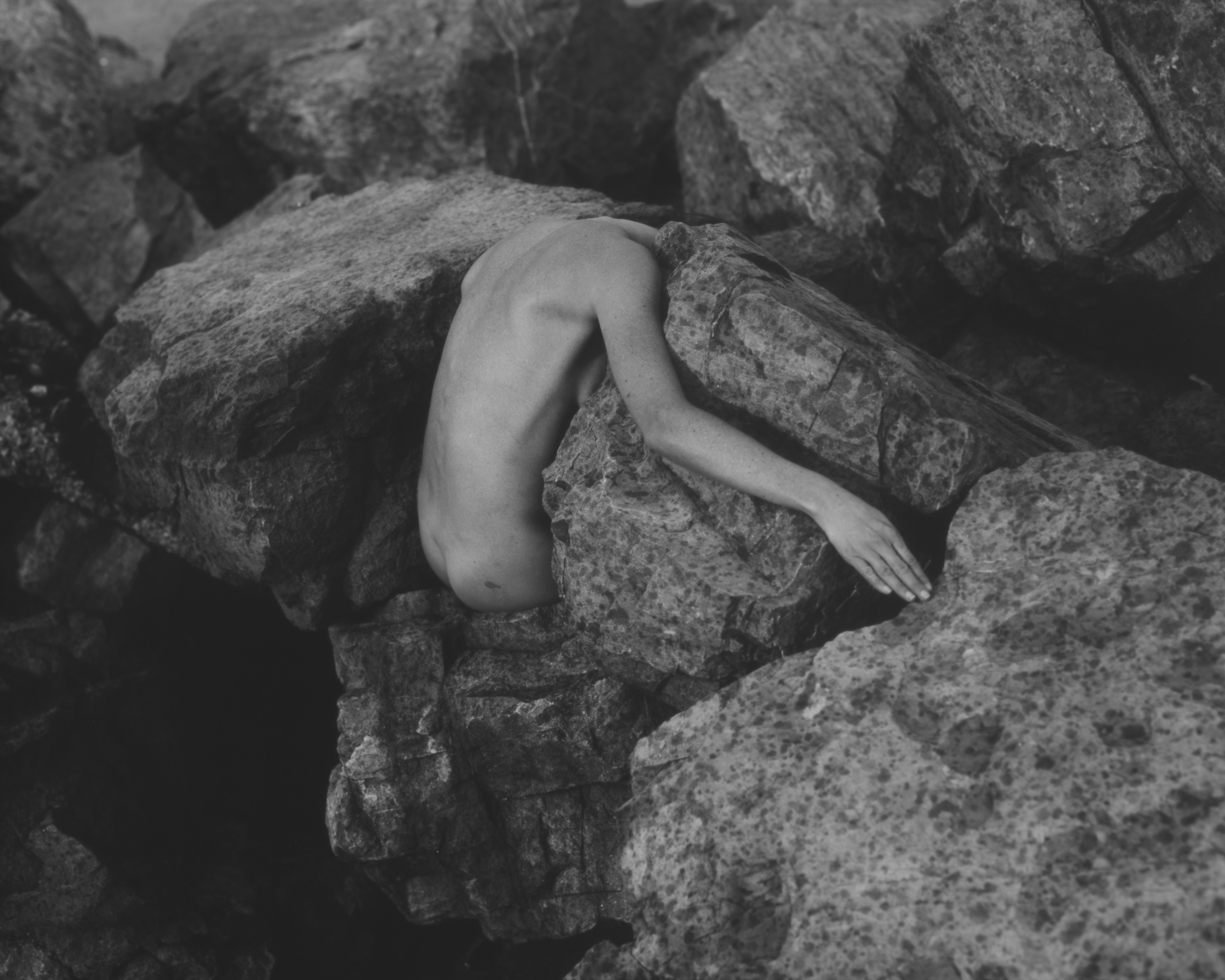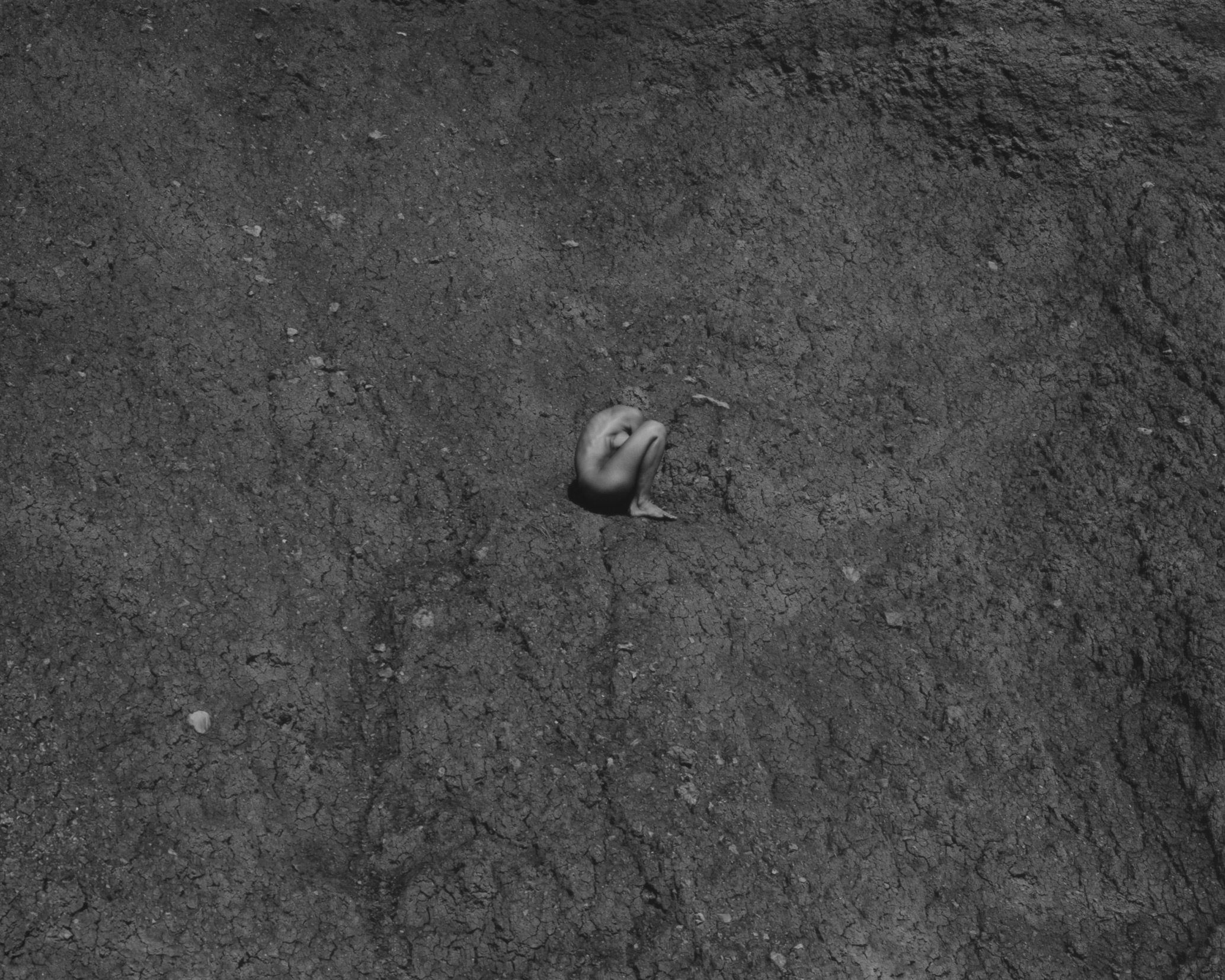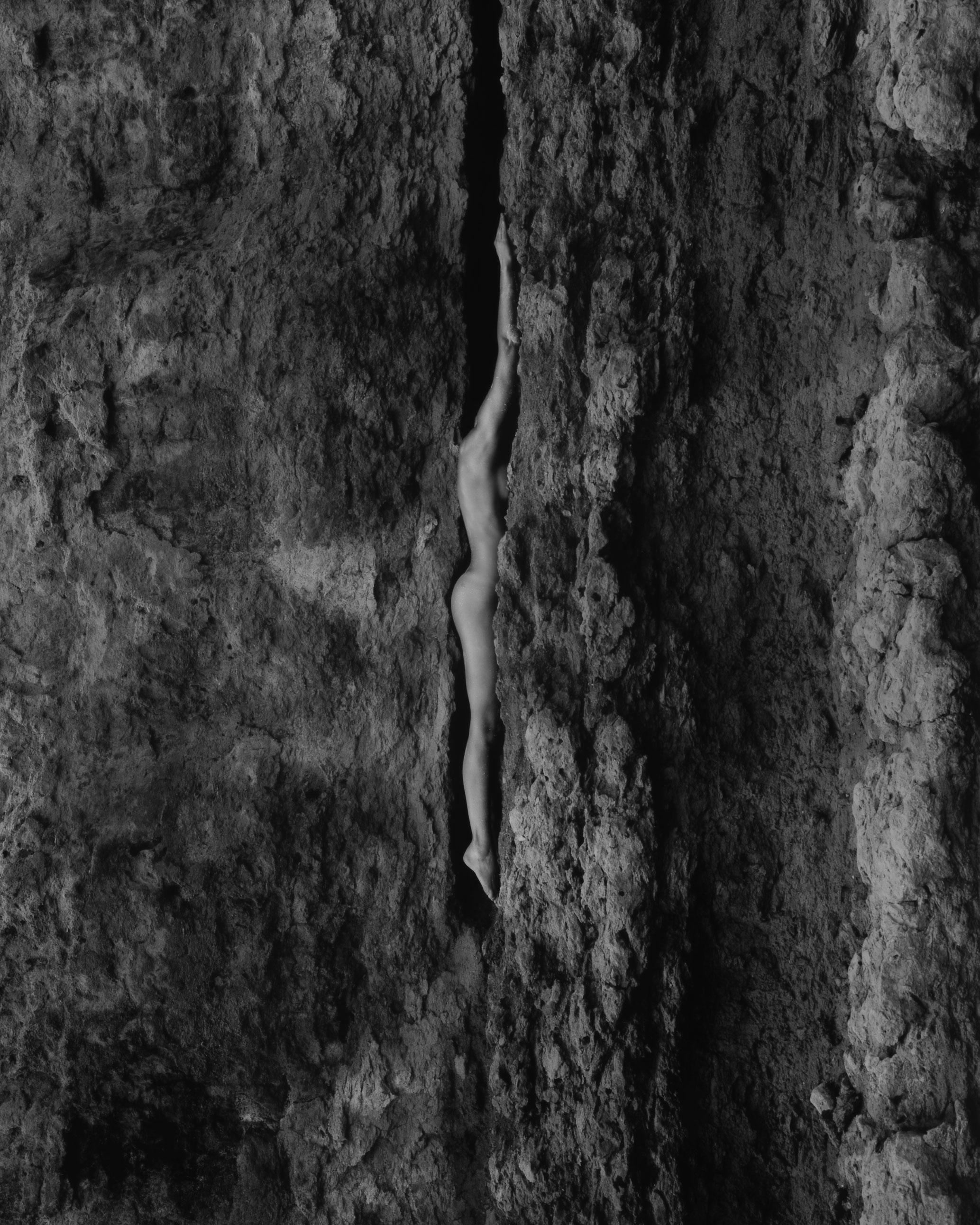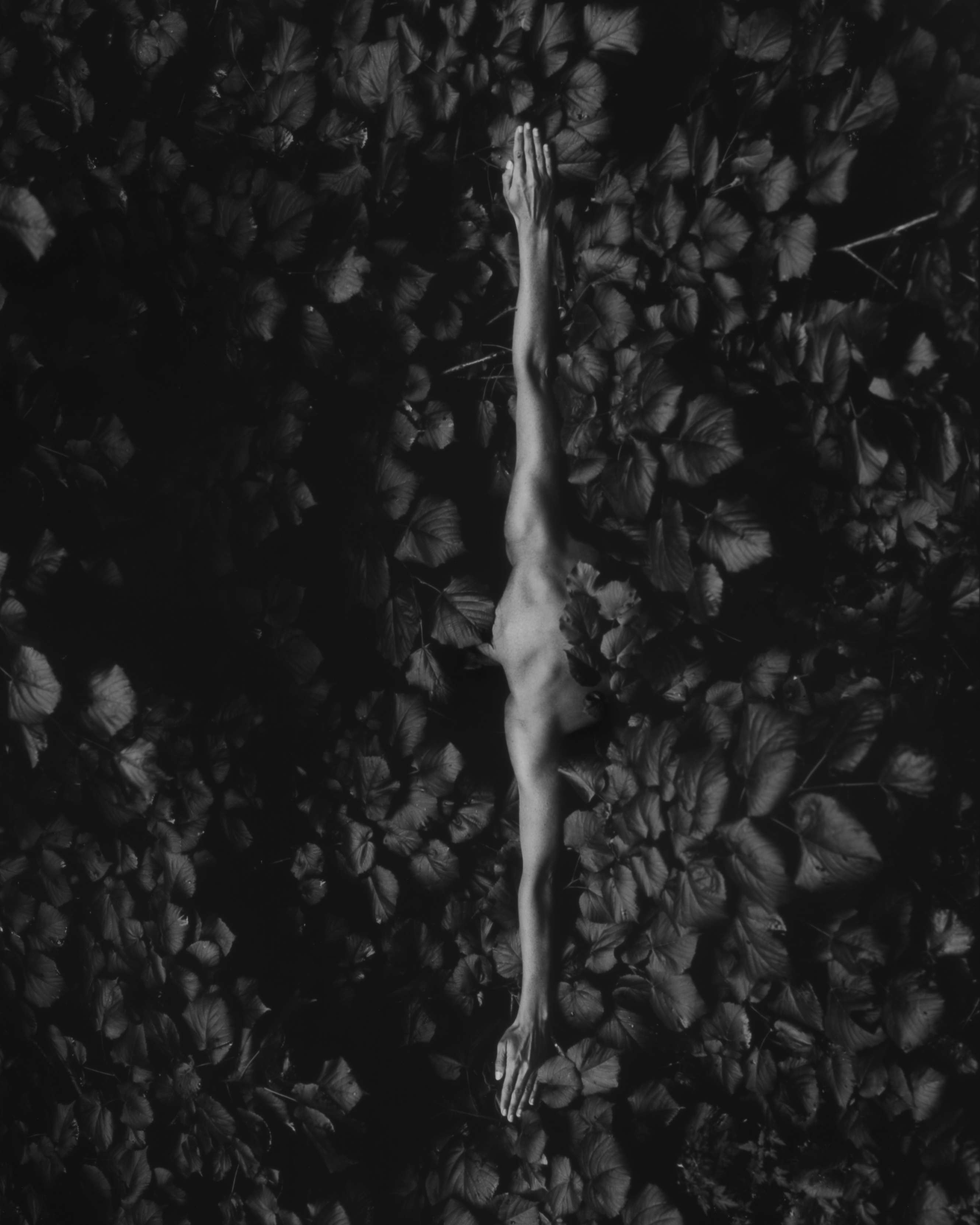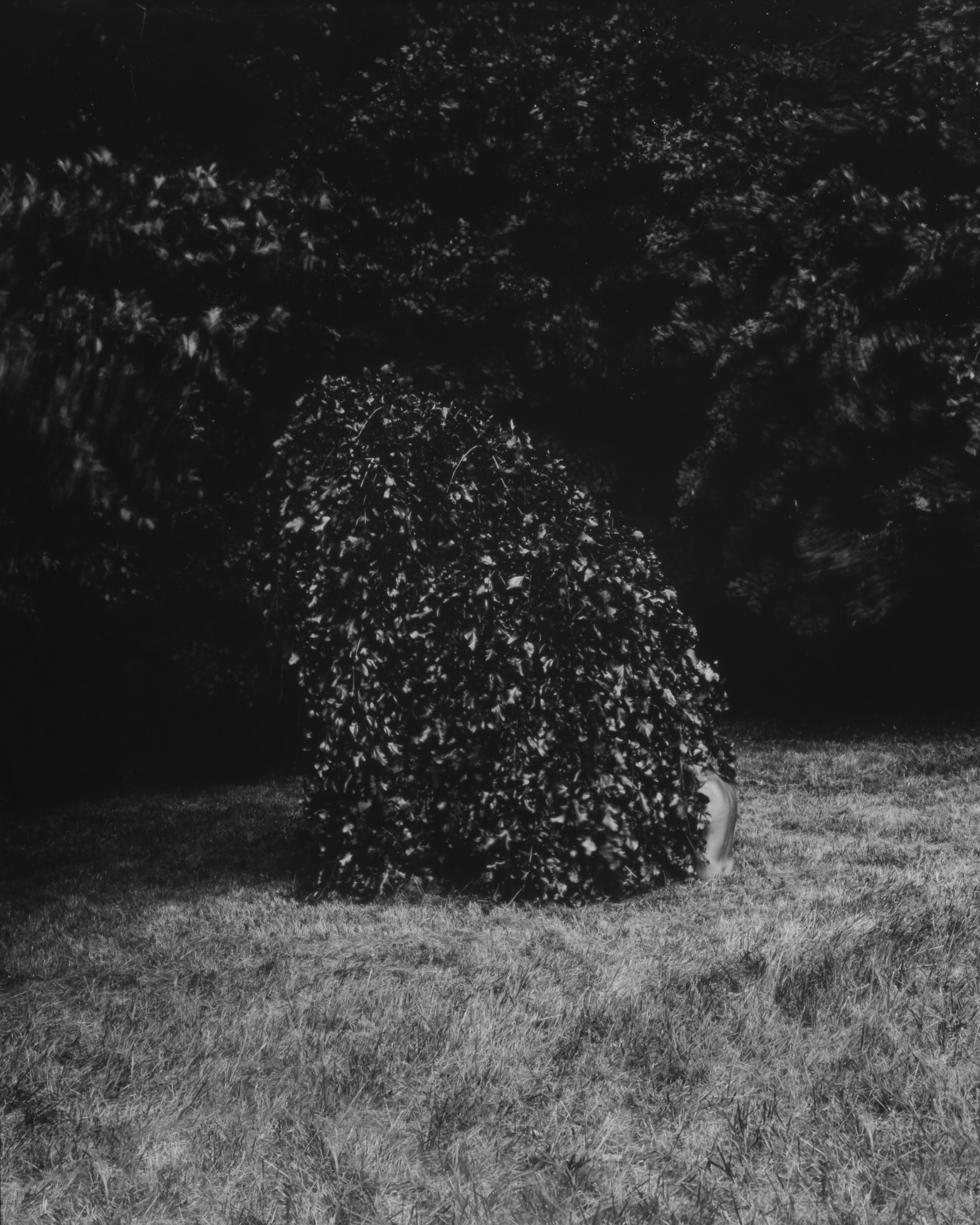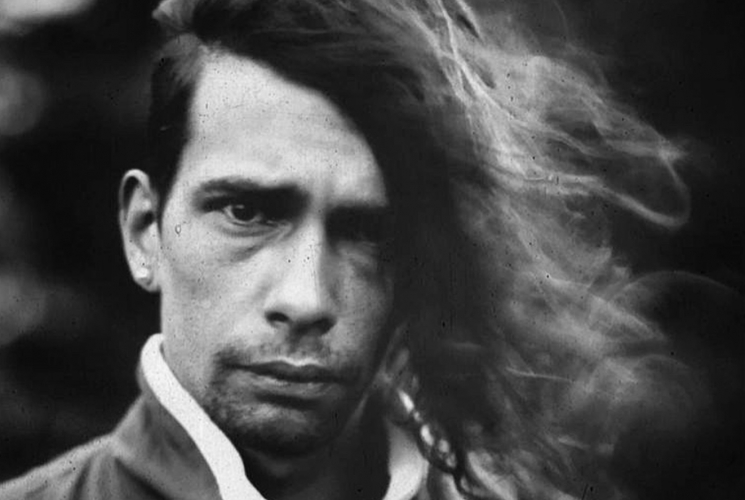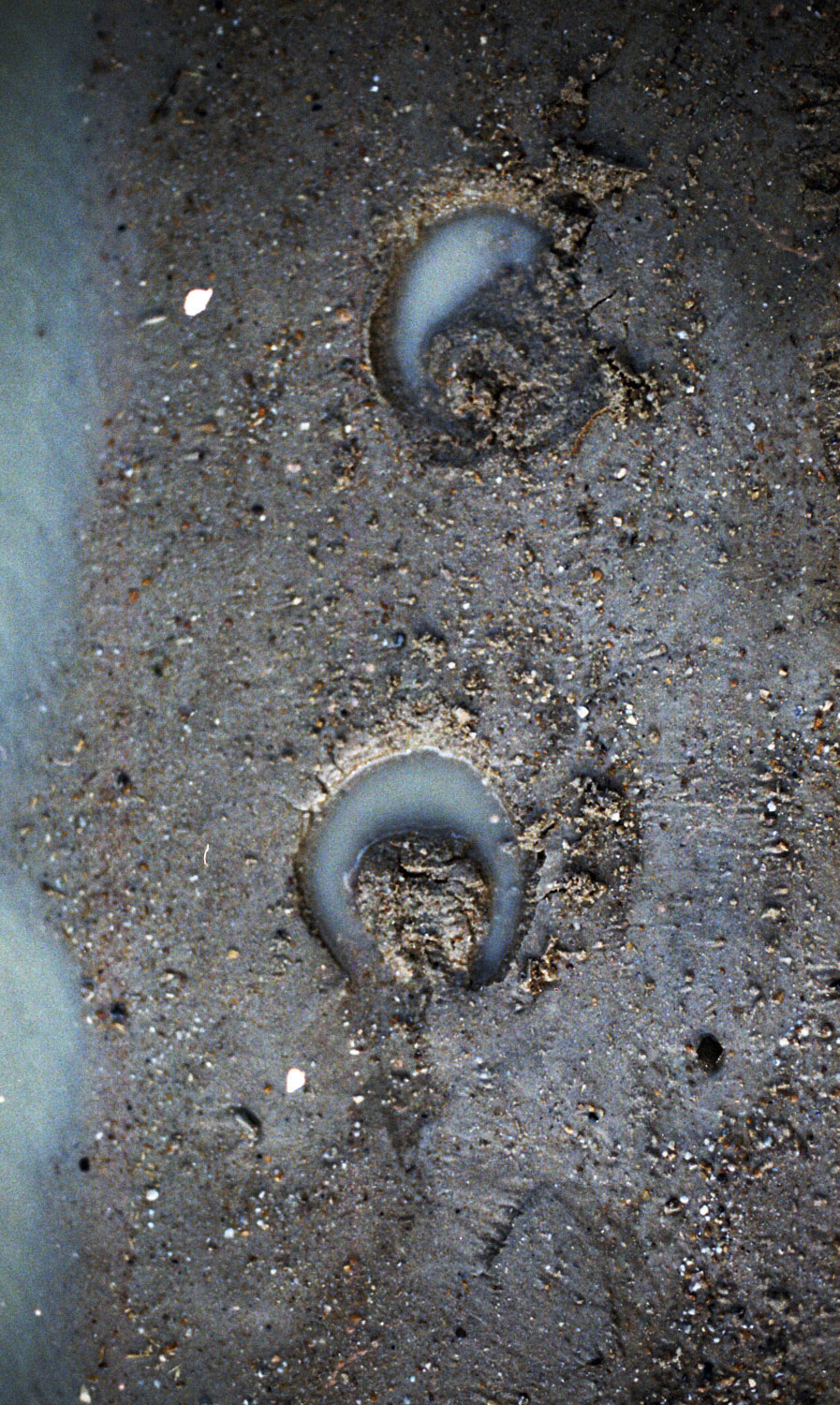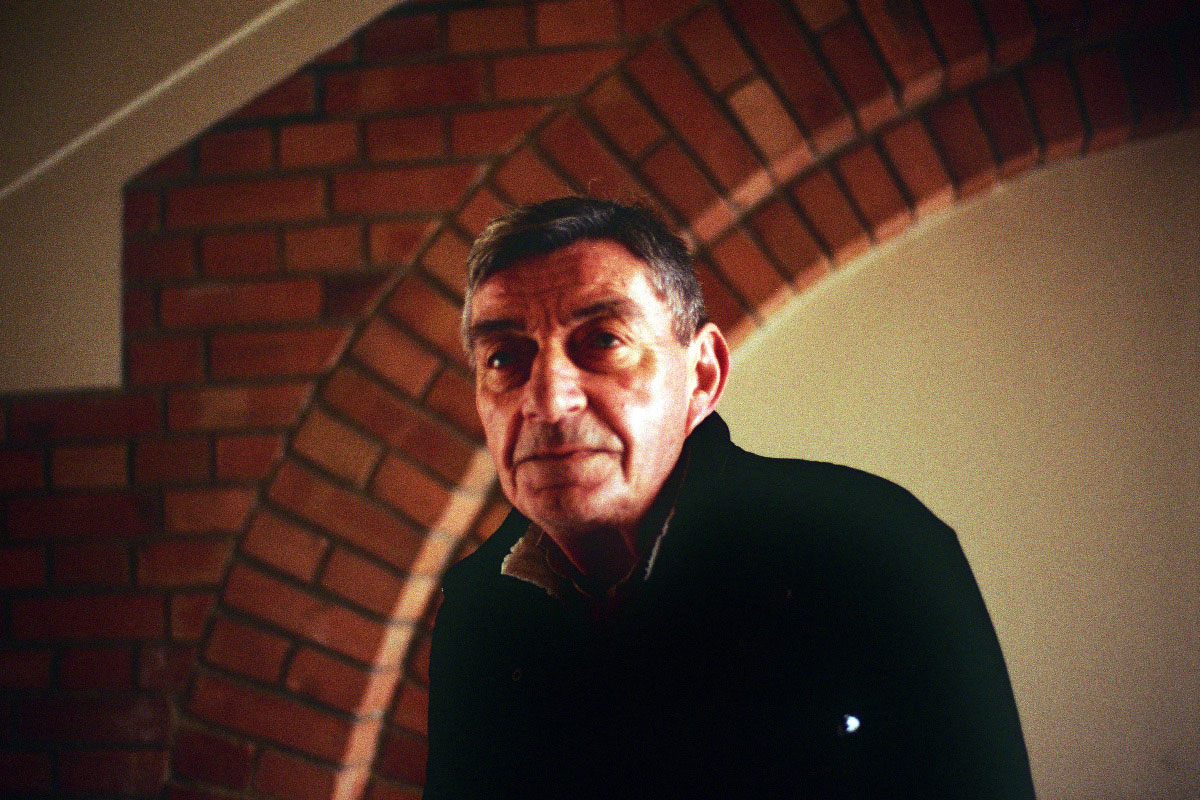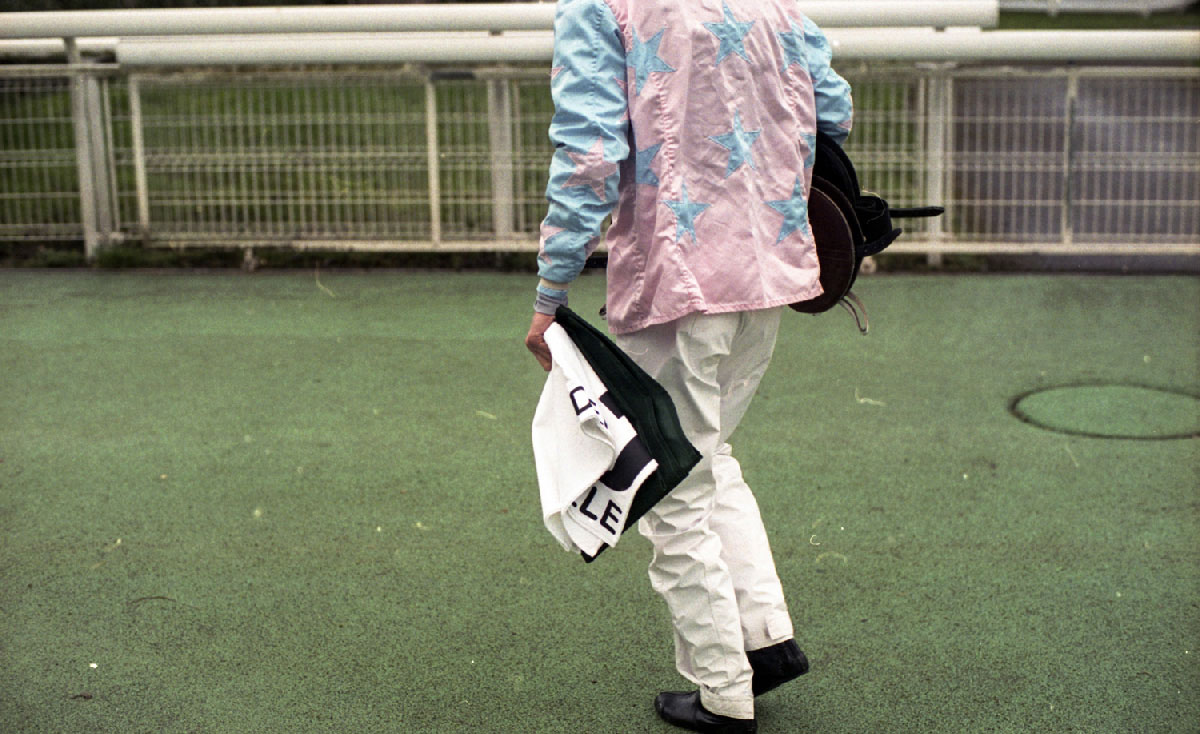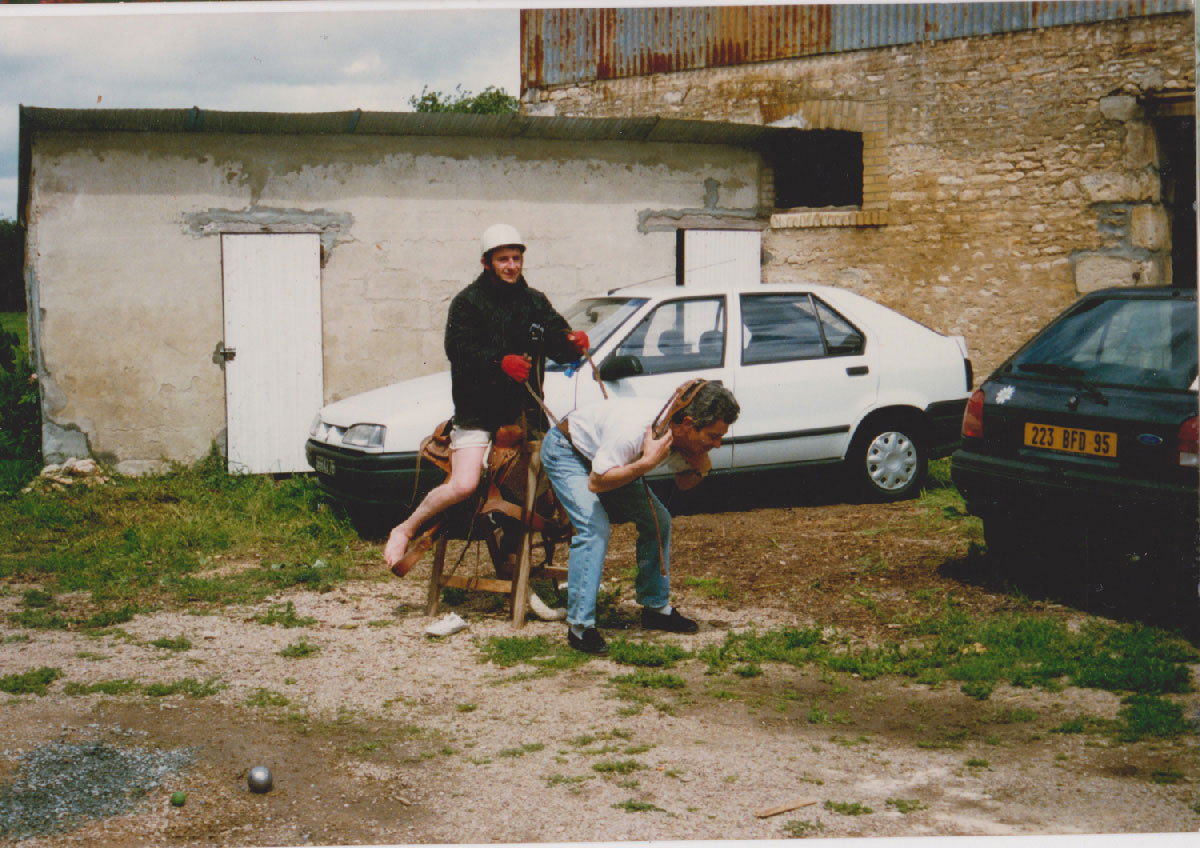Charlotte Bovy

After studying literature and theatre in New York, Charlotte Bovy turned to photography. Her first exhibitions immediately reveal her attraction to black and white and question our relationship to time and oblivion. She manipulates her images and uses them as a material in the search for other images.
Cut out, recomposed, collected, fragmented, her photographic images are often exploited in order to produce a new image, this one being the work itself. In 2018 she will exhibit in Paris the series "Fragment(s)", a farewell ceremony to the century-old pine trees of the Villa Medici that were felled. This series marks the beginning of her reflection on the memorable power of trees, both intimate and collective.
The Old Normans
THE BEACH, in front of the Viewpoint
Normandy is home to some of the oldest trees in France. These old gentlemen are the guardians of our History, the symbols of our communes. They are centenarians, sometimes thousands of years old and have been marked by life in their flesh. They are symbols of wisdom, longevity, boldness and serenity. Standing at the foot of the tree, observing it, imposes silence, forces us to think about what opposes the ephemeral and the lasting, to confront a temporality that is not that of man. To make their portrait is to tame their mysteries and our past.
Networks :
Site : www.charlottebovy.com
Website of the foundation: www.fondationphoto4food.com



